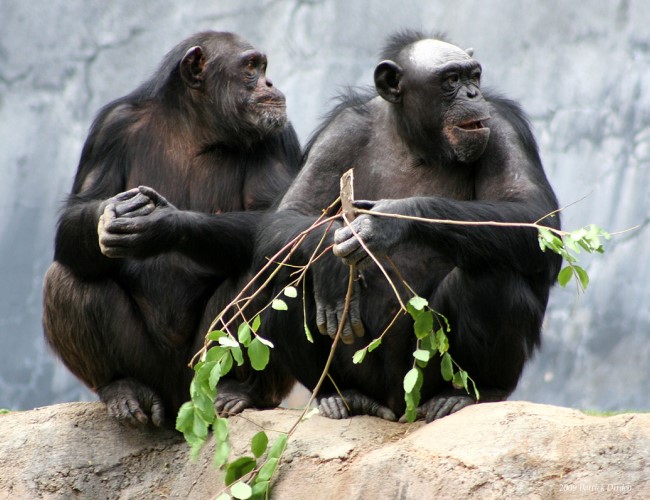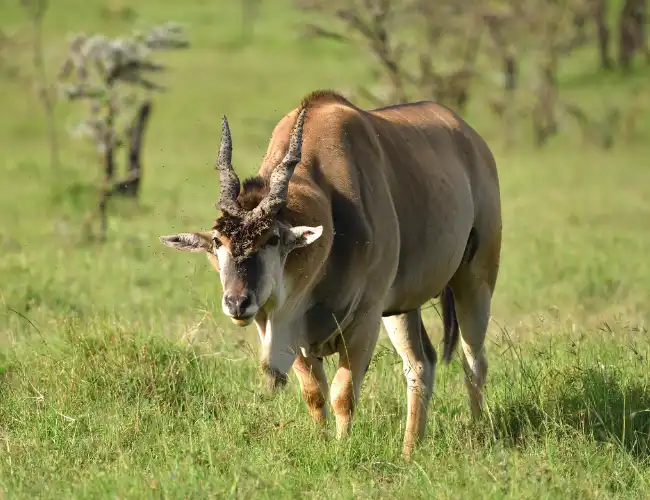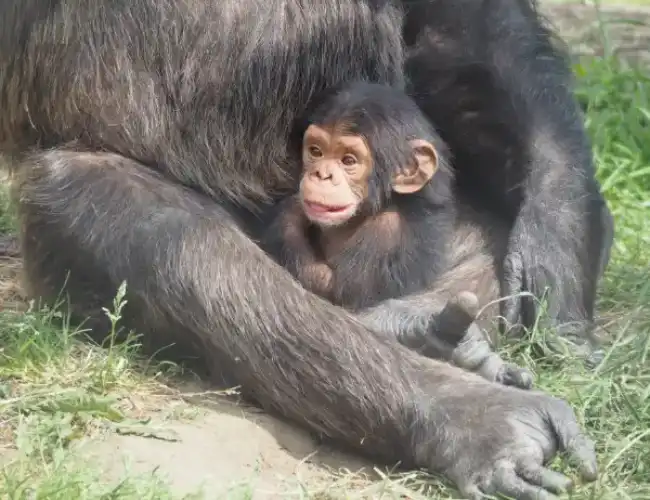Tanzania 
The Land of Kilimanjaro, Zanzibar, and the Serengeti.
Starting from
$600PP
Overview
Tanzania has so much to offer with its vast wilderness areas situated in East Africa. The popular Northern circuit which includes the plains of Serengeti National Park known as the mecca for safari travellers populated by the “big five” game (elephant, lion, leopard, buffalo, rhino), and Kilimanjaro National Park, home to Africa’s highest mountain.
The southern safari circuit would be perfect for travellers who want to experience a remote safari adventure and activities like guided walking tours, fly-camping, and boating.
In the coastal lands and towns of Zanzibar, Pemba, and Mafia, You can also find some of the world’s most beautiful beaches, most extravagant diving spots and fantastic historical experiences with Arabic influences and a marine park home to whale sharks and coral reefs.
Pros & Cons
- Breathtaking landscapes and intriguing wildlife
- Abundant Tanzania animals and birds offer an amazing wildlife experience
- Annual wildebeest migration in the Serengeti
- Chimpanzee tracking in Gombe and Mahale Mountains
- Best Beach holiday extensions in Zanzibar
- Off-the-beaten-track safaris in Selous and Ruaha parks
- Several wildlife viewing circuits for repeat visits
- Traditional indigenous cultures
- Relatively expensive safari destination, especially in High Season
- Some popular parks can be very crowded in peak seasons
- Tropical climate can be hot for younger children
Popular Locations
Map in Africa
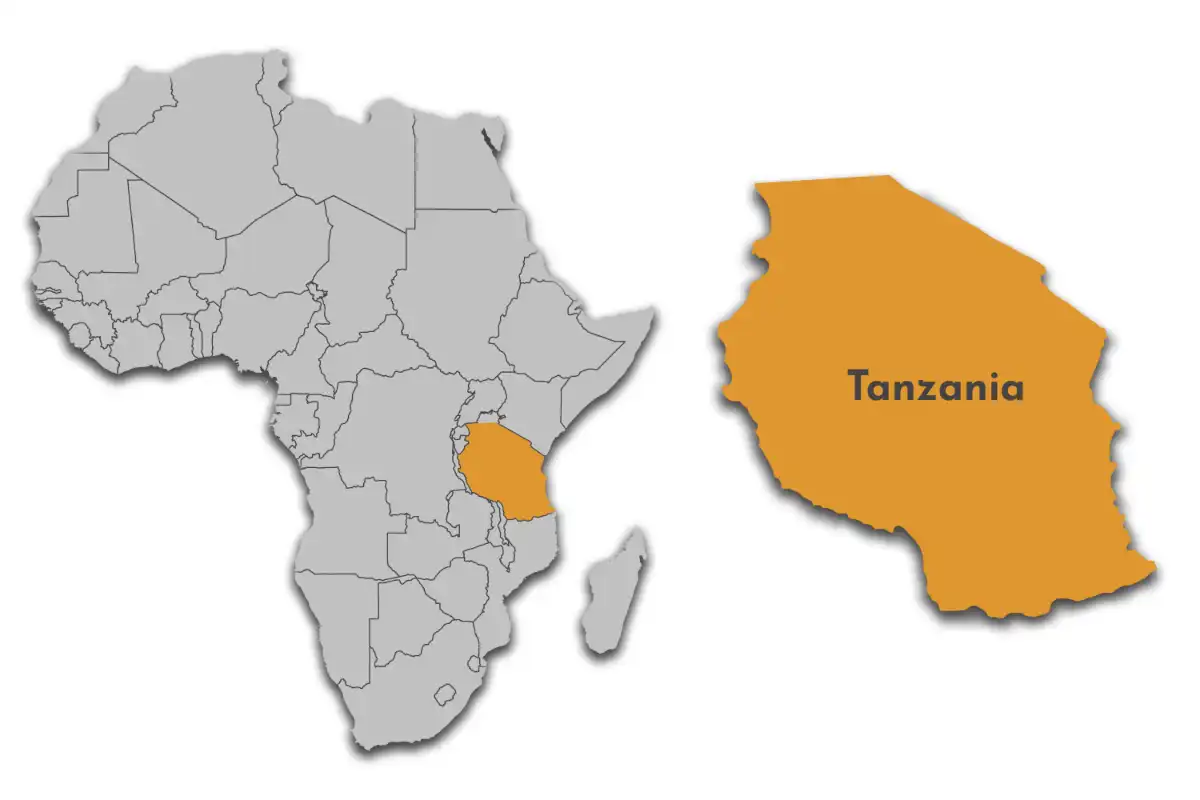
Safari Reviews
Want to Visit Tanzania?
Gallery Images
Explore the stunning beauty of Tanzania through our curated collection of photographs and videos showcasing its landscapes, wildlife, and culture.
Want to Visit Tanzania?
Best Time to Visit – Tanzania
The best time to visit Tanzania is from June to October during the Dry season when the skimpy vegetation makes it easier to spot wildlife. The wildebeest migration in the Serengeti National Park is usually during June and July and for the wildebeest calving late January to February will be more suitable. This is also a good time to visit the southern and western circuit when it’s cooler and to avoid the rains, while the hotter summer months of December and January are also ideal for beach lovers, with a fresh ocean breeze lowering high temperatures.
June to October (Dry Season)
- Wildlife can be easily spotted around river crossing and waterholes
- Pleasant temperatures between 20-30°C (sunny and no rain)
- June to August is the best time to see the Wildebeest migration
- To climb Mt. Kilimanjaro, this will be a very suitable time
- Clear blue skies and most of the days are sunny
- There are very less mosquitoes because of little rain
- Mornings and nights get very cold; Warm clothes are highly recommendable
November to May (Wet Season)
- January to February is the best time to see calving in southern Serengeti which also attracts a large number of predators
- Nature is very colourful where flowers are in bloom, forest & grass is green and beautiful
- It's a low season which means lower rates for safari and less crowded parks
- Migratory birds are present in this season hence Bird watching at its best
- March to May is the peak of the Wet season
- For Tarangire, Katavi, Nyerere and Ruaha, Wildlife viewing will be better during the Dry season
Best Time to Go to Tanzania by Major Park
The Masai Mara offers year-round wildlife viewing, but most of the visitor comes in between July to October. In the peak of the rainy season, most other parks, especially in the highlands and along the coast, can be problematic concerning heat, humidity and continuous rain. Some of the lodges closed as a result. The dry months offer quality wildlife viewing throughout Kenya.
Want to Visit Tanzania?
Wildlife & Animals
During the dry season elephants, lions, spotted hyenas, African buffalo, giraffes, zebra, impala, and reedbuck can be spotted very easily. Eland, sable and roan antelopes are found in substantial numbers, and its marshy lakes have Tanzania's densest population of hippopotamus and Nile crocodiles. Big cats can be found in Serengeti National park and for Black rhinos, you have to visit the Ngorongoro Crater. Highly endangered African Wild dogs can be relatively easy to find in Nyerere and Ruaha and Africa's best chimpanzee reserves can be found in Gombe Stream and Mahale.
Wildlife Highlights
Tanzania’s wildlife, acclaimed as the “finest safari experiences and wildlife spectacles found anywhere on the planet”, has 40 national parks and game reserves which contain approx. 20 per cent of the species of Africa’s large mammal population. There are 17 national parks covering a total area of 42,235 square kilometres (16,307 sq mi) forming approximately 38 per cent of the country's territory.
The Great Wildebeest Migration
The wildebeest migration is one of the seven wonders of the natural world which takes place between Serengeti in Tanzania and Maasai Mara in Kenya. Roughly two million wildebeest, start in the south of the Serengeti, with the birth of half a million calves between January and March. A favourite season for many of the seasoned Serengeti guides: the air during these months is full of new life and action.
Best Time for Wildlife Viewing
The best time for wildlife viewing in Tanzania is to visit from July to October (Dry Season). August and September are the best times to see the great Wildebeest migration and chances of witnessing a river crossing are generally much higher. Whereas Southern and western circuit parks are less accessible in the March to May period because of long rains.
Want to Visit Tanzania?
Birds
Tanzania is considered the best birding destination in Africa. The avifauna of Tanzania included a total of 1116 confirmed species which is the largest in Africa. There are 30 species endemic (native in Tanzania only), 45 species are accidental (native in Tanzania and neighbouring countries only), and four have been introduced by humans.
Best Time for Wildlife Viewing
The best time for birding in Tanzania is from November to April or late March-May when a majority of species are nesting and breeding plumage. At this time migratory birds from Europe and northern Africa are present. The wet season is from March to April, when some parts of the country may experience storms daily which is also the hottest time of the year. That's why for wildlife viewing, the dry season is better.
Want to Visit Tanzania?
Activities
From game drives and walking safaris to cultural encounters and adventure excursions, Tanzania offers a wide variety of activities for every type of traveler.
Want to Visit Tanzania?
Cuisines
Tanzanian cooking is special and generally shifted. The coastal area cooking is portrayed with spicy food varieties and the utilization of coconut milk. Such food sources are; Pilau(wild rice/blended rice), Bagia, Biryani, kabab, Kashata(coconut or groundnut rolls), Sambusa(Samosa).
As you move inland you will discover food sources that are less hot; Wali(rice), Ugali, Chapati(a bread), Kuku Choma(grilled chicken), Nyama Choma(grilled meat), Nyama pori(wild/shrubbery meat that is either sun-dried, barbecued or cooked), Kiti Moto(grill pork), Mishikaki(skewed meat), Samaki(fish), Ndizi( Plantains/bananas), Bamia(Okra), Mchicha( greens/spinach), Njegere(peas), Maharage(Beans), Kisamvu(cassava leaves), kisusio(soup from bubbled creature bones and meat or blood) and many dishes arranged the Tanzanian way.
Renowned Bites incorporate; Maandazi (bread-like rolls), Visheti, Kashata (coconut or groundnuts rolls), Kabab, Sambusa (Samosa), Mkate wa kumimina, Vileja, Vitumbua ( rice cakes),Bagia, Firigisi (barbecued gizzards), Tende (dates), Korosho, karanga ( groundnuts), Daga (singed nut-sized fish), Senene (container barbecued grasshoppers), kumbikumbi (dish barbecued … ) numerous others.
Culture
Tanzanian culture is a great blend of impacts with more than 120 clans. Tanzania is one of the most socially assorted nations on the planet. From the tall smooth Maasai champions, the old methods of the Hadza bushmen, the ingenious horticultural acts of the Wameru, and the imaginative abilities of the Makonde to the Chaga ranchers and brokers. Every one of the 120 unique clans in Tanzania has its own unmistakable lifestyle yet together, they effortlessly join to shape Tanzania. More than 120 dialects are spoken in Tanzania, the majority of them from the Bantu family.
Want to Visit Tanzania?
National Parks & Game Reserves
Tanzania is home to some of the most spectacular national parks and game reserves in Africa. From vast savannahs to dense forests, each park offers unique landscapes, diverse wildlife, and unforgettable safari experiences. Whether you’re searching for the Big Five or hidden natural wonders, Tanzania has something for every safari enthusiast.
Arusha National Park
Arusha National Park covers Mount Meru, an eminent volcano with an elevation of 4566 m, in the Ar...
Serengeti National Park
Serengeti National Park is one of the most renowned parks in Africa which is additionally a Unesc...
Gombe National Park
Gombe’s high levels of diversity make it an inexorably well-known tourist destination. Gombe is...
Tarangire National Park
Tarangire is the 6th largest national park in Tanzania and is named after the Tarangire River tha...
Ruaha National Park
Ruaha is more remote and much wilder than the Selous Game reserve, additionally in the south of t...
Ngorongoro Crater
Ngorongoro Conservation Area is home to dense bushland and the popular Ngorongoro Crater, a strik...
Nyerere (Selous) NP
Nyerere National Park formerly known as Selous Game Reserve is Africa’s largest national park w...
Lake Manyara National Park
Situated in the Arusha and Manyara areas of Tanzania, Lake Manyara National Park is situated betw...
Mount Kilimanjaro National Park
In the northeastern part of Tanzania, and extremely near the Kenyan border, lies the tallest moun...
Mkomazi National Park
The Mkomazi National Park is a spectacular wilderness. Within sight to the northwest is Mount Kil...
Mahale Mountain National Park
Mahale Mountains National Park is located in eastern Tanzania and is one of the smaller parks in ...
Mikumi National Park
The landscape of Mikumi is often compared to that of the Serengeti. The road that crosses the par...
Katavi National Park
Katavi is an exceptionally remote park and the oldest national park in Tanzania. Animals are plen...
Lake Naivasha National Park
Lake Naivasha National Park is a picturesque national park located in Kenya, renowned for its stu...
Jozani Chwaka Bay National Park
On the Tanzanian island of Zanzibar, there is a breathtaking natural preserve called Jozani Chwak...
Kitulo National Park
In the southern highlands of Tanzania, Kitulo National Park is a distinctive and beautiful protec...
Saadani National Park
Saadani National Park is the only wildlife sanctuary in Tanzania bordering the sea. Tourists can ...
Grumeti Game Reserve
Grumeti Game Reserve is a part of the Serengeti-Mara ecosystem, which is famous for its extensive...
Rubondo Island National Park
Tanzania, in East Africa, is home to Rubondo Island National Park. The largest island in Lake Vic...
Udzungwa Mountains National Park
The Udzungwa Mountains, a portion of the historic Eastern Arc Mountain range, are the source of t...
Saanane National Park
Saanane National Park is a unique and remarkable national park located on Saanane Island in Lake ...
No reviews yet for this destination. Be the first to share your experience !
Safety & Security
Tanzania, in our opinion, is a safe place to visit. This is especially true if you schedule a guided safari. Pickpocketing and theft are extremely common in big cities, but instances can be easily avoided by following a few easy safety procedures. Every year, about a million tourists visit Tanzania, and the vast majority of them have a pleasant experience.
Please see the links below for travel advice on Tanzania Safari Trips:
General Safety Tips
- Keep valuables secure and avoid displaying expensive items
- Stay alert in crowded areas and tourist hotspots
- Use registered tour operators and licensed guides
- Follow local customs and respect cultural sensitivities
- Keep copies of important documents in a safe place
Safari Safety
- Always follow your guide's instructions during game drives
- Stay inside your vehicle unless instructed otherwise
- Keep noise levels low to avoid startling wildlife
- Never approach or feed wild animals
- Carry essential medications and first aid supplies
Health & Medical
Want to Visit Tanzania?
Getting There
Tanzania is a beautiful East African country with neighbours Kenya to the north and Mozambique to the south and the Indian Ocean to the east. It is known for its vibrant culture, wonderful national parks, diverse fauna and flora and of course the great wildebeest migration. If you are planning a safari trip to Tanzania then you should find out all about flights to Tanzania, passport and visa requirements.
Tanzania’s main airport is Julius Nyerere International Airport (DAR) located 13km/8mi southwest of Dar es Salaam. The latter is the entry point for visitors to the southern parks.
Kilimanjaro International Airport (JRO) is situated 46km/29mi east of Arusha, the gateway of Tanzania’s most popular Northern safari circuit.
Travel Requirements
- All foreign visitors need a passport that is valid for at least six months
- Passports must have a clean and a full visa page for endorsement.
- When arriving from a yellow-fever-infected country in Africa or the Americas a yellow fever vaccination certificate is required.
- Citizens of most countries require a visa. A list of countries that don't need a visa is available.
- Visas are best obtained in advance through an official online visa-application portal (https://eservices.immigration.go.tz/visa/), but they can also be obtained through your local Tanzania Embassy or High Commission.
- Visas can also be obtained on arrival but this is a lengthy process that can take one to two hours.
Domestic Transportation
Tour operators typically book domestic and charter flights between parks as part of the tour package. Domestic flights can be booked with a variety of domestic airlines.

 English
English French
French
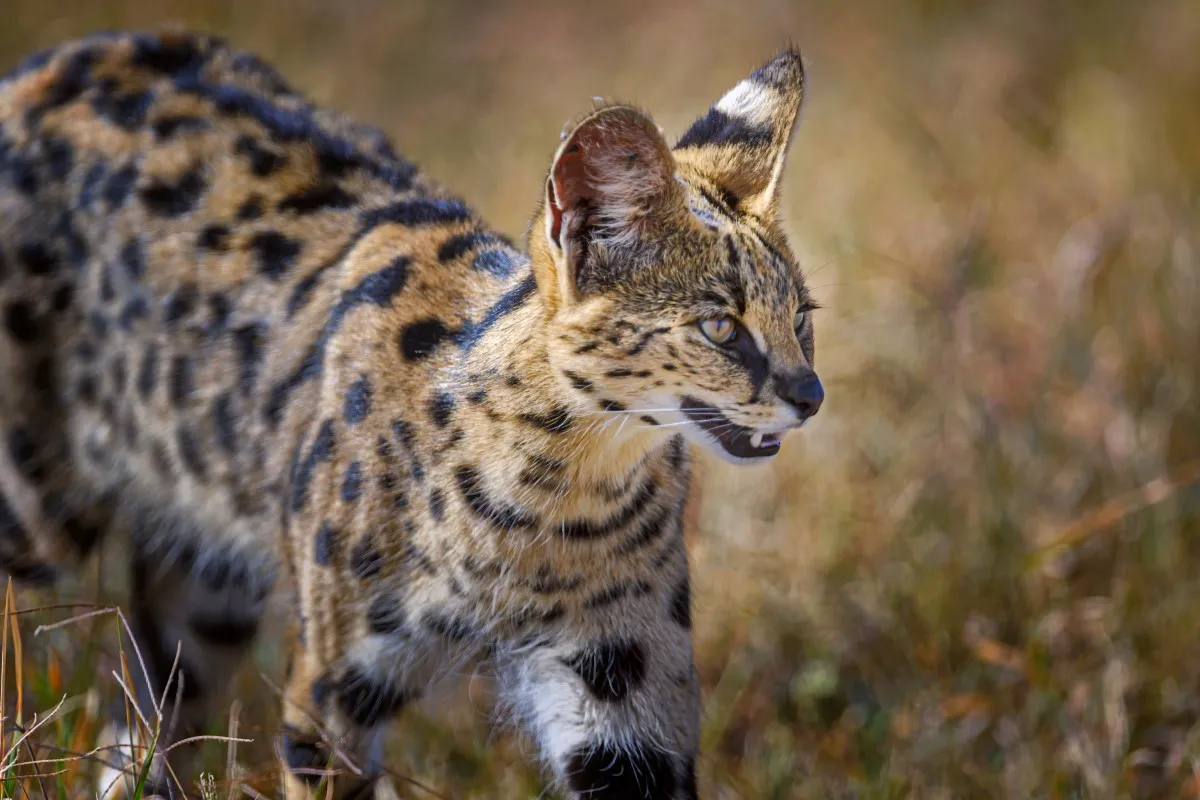
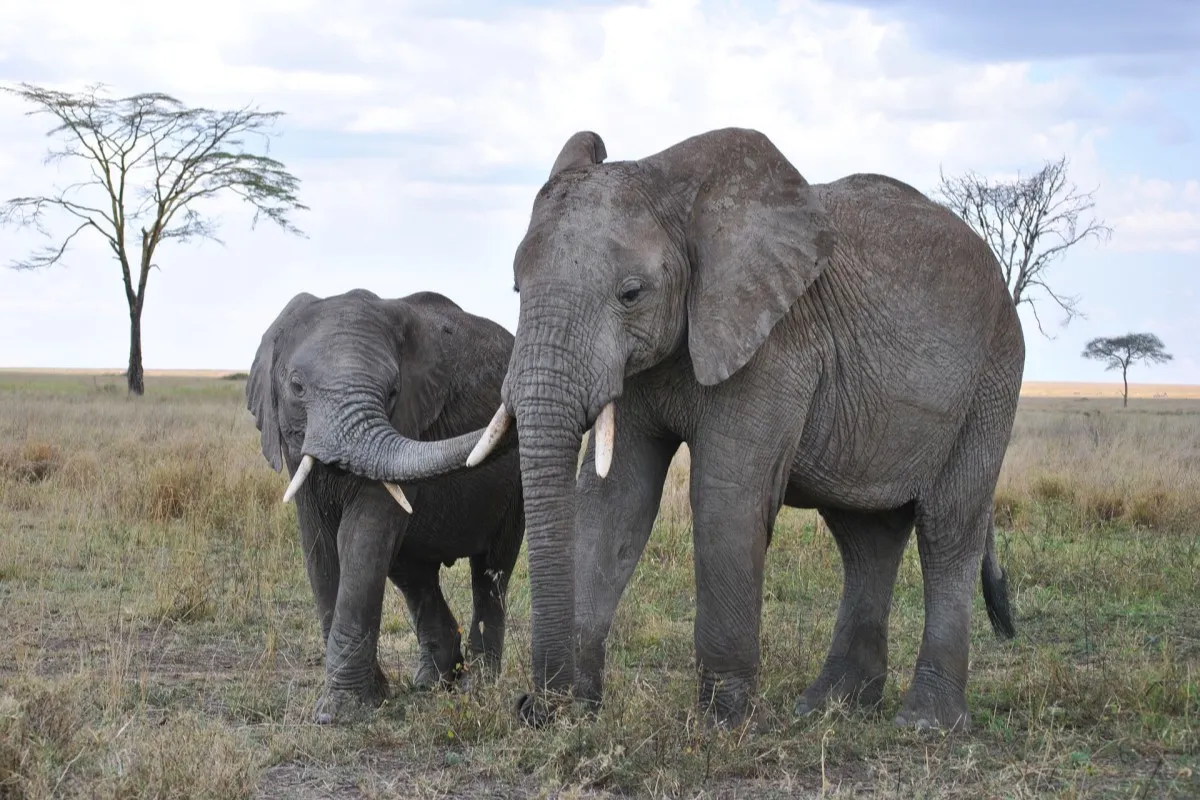
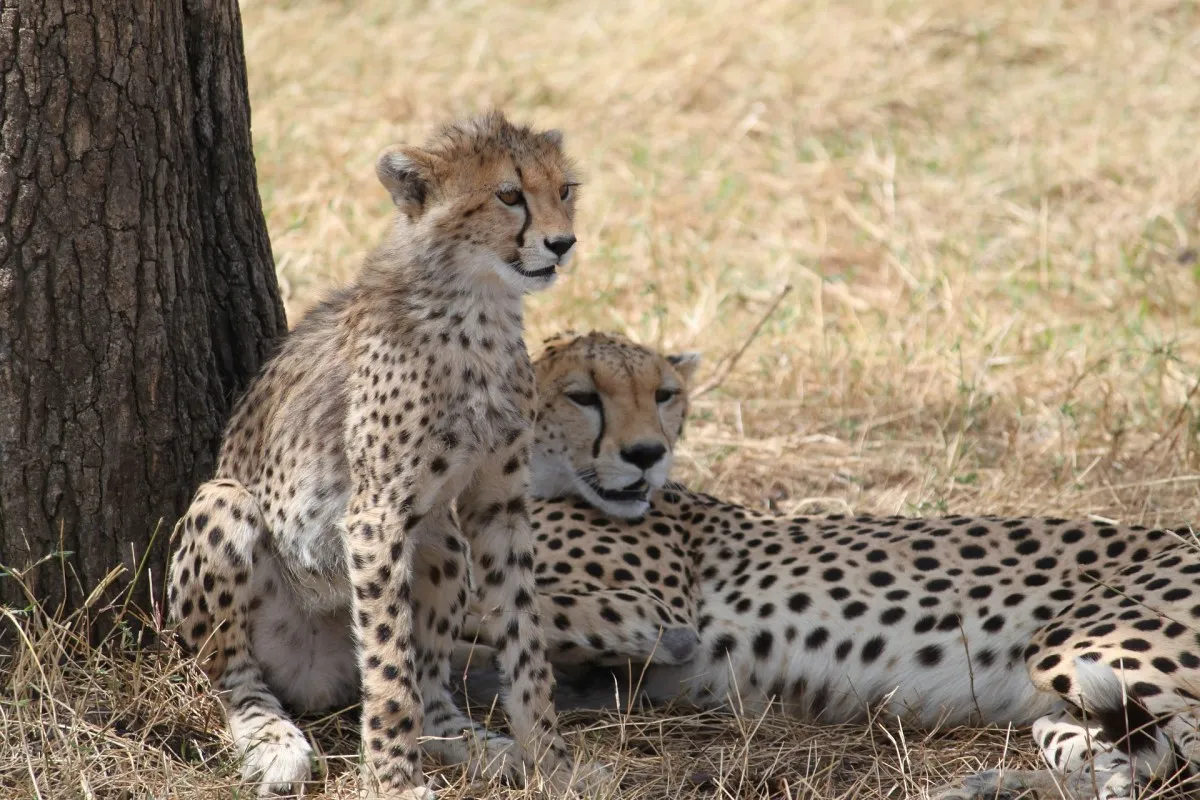
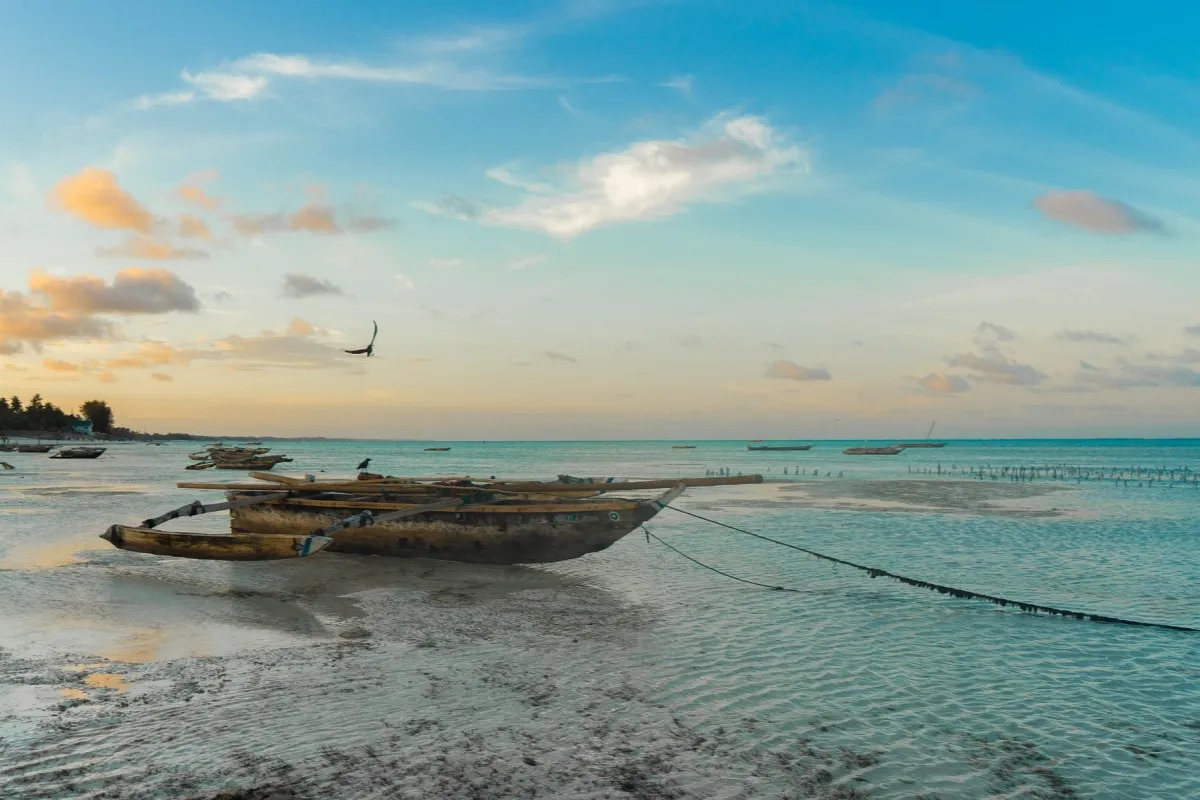
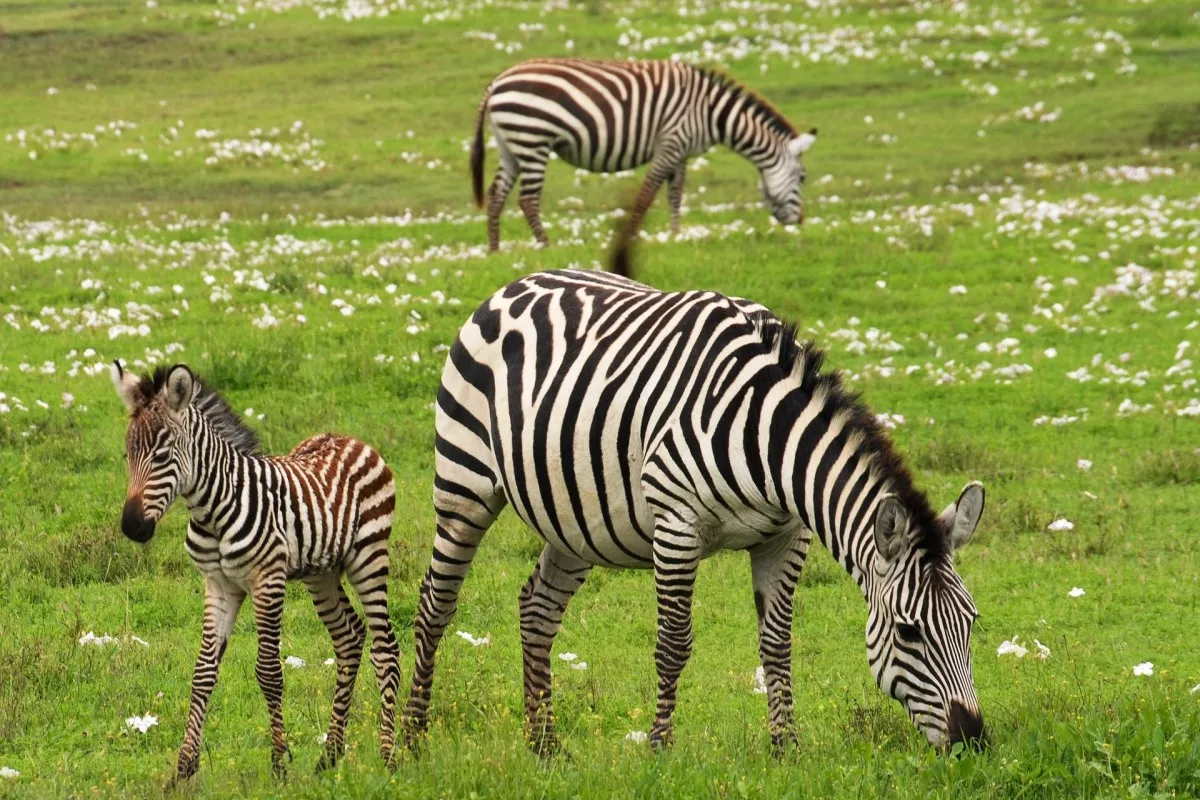


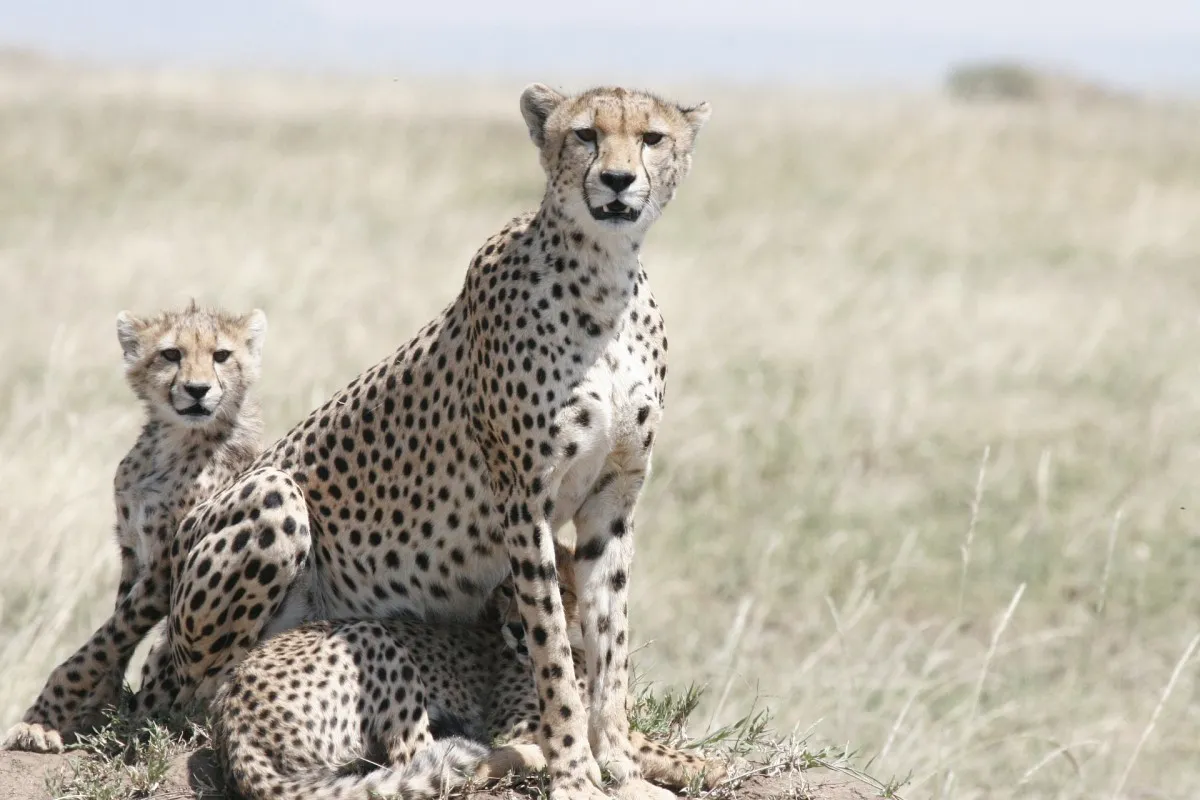
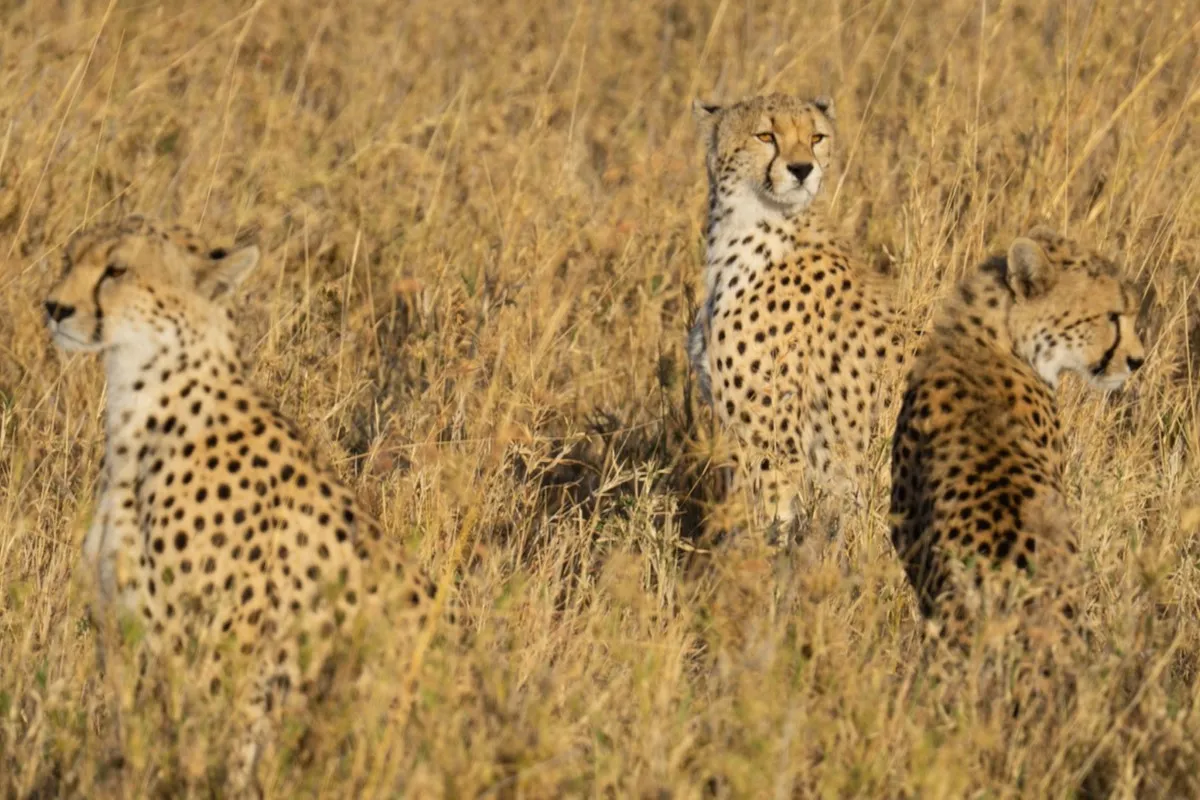
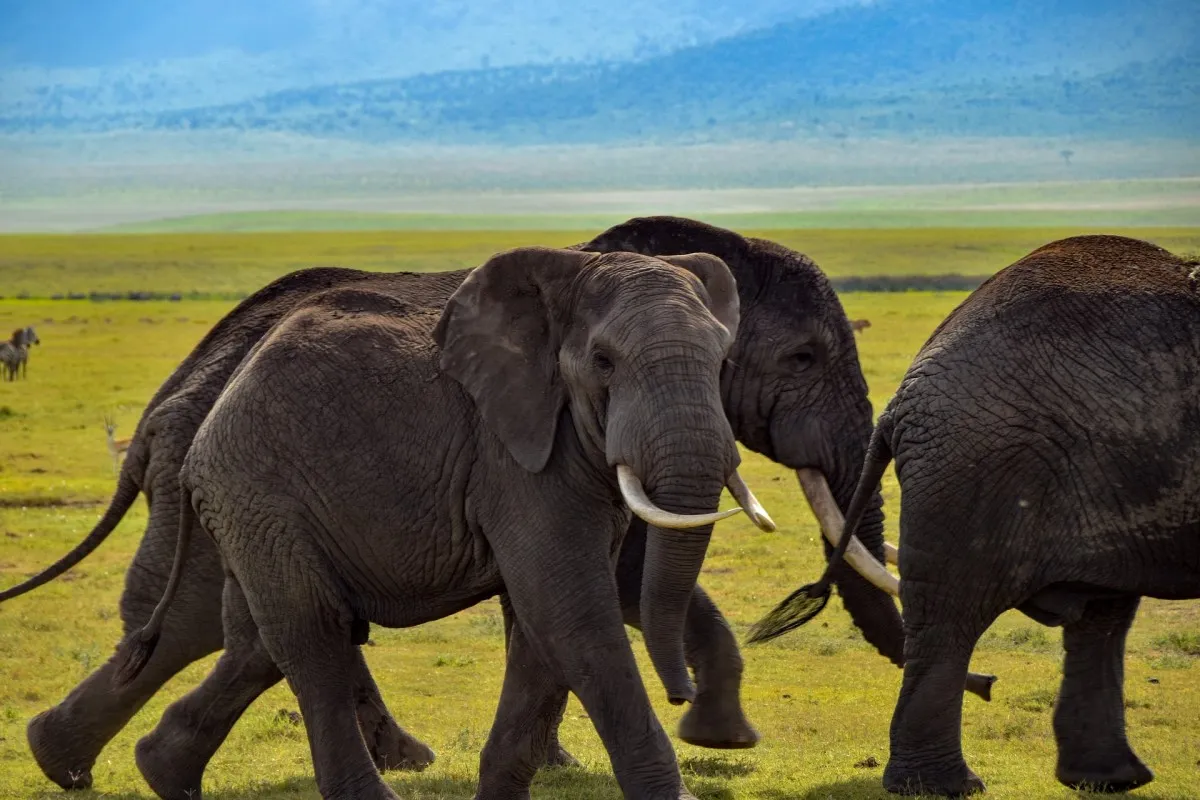
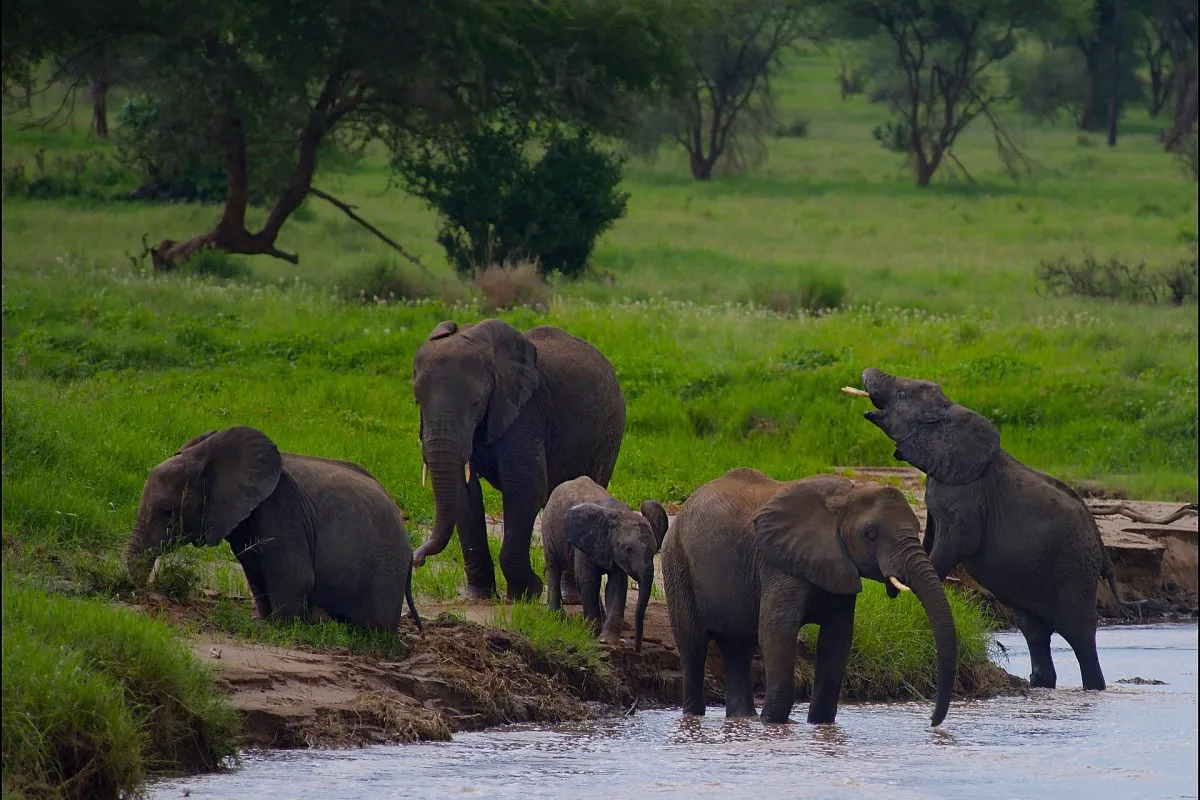
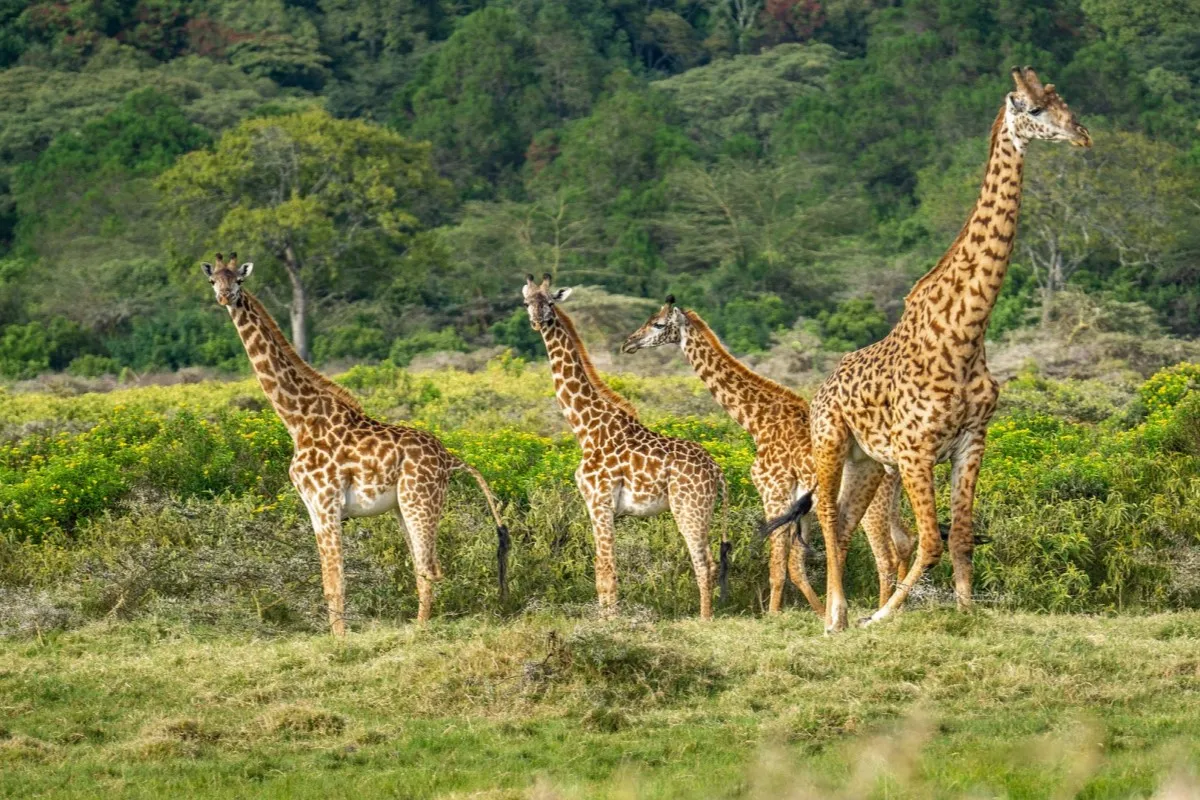


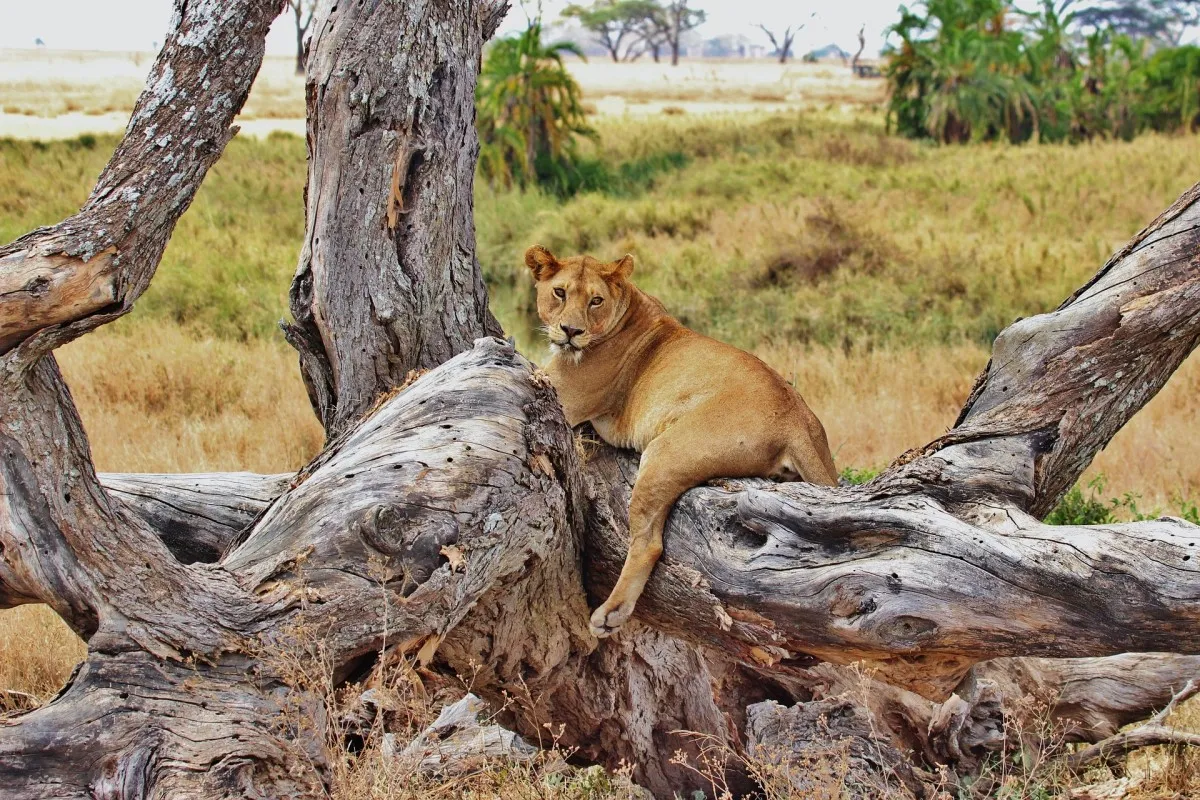
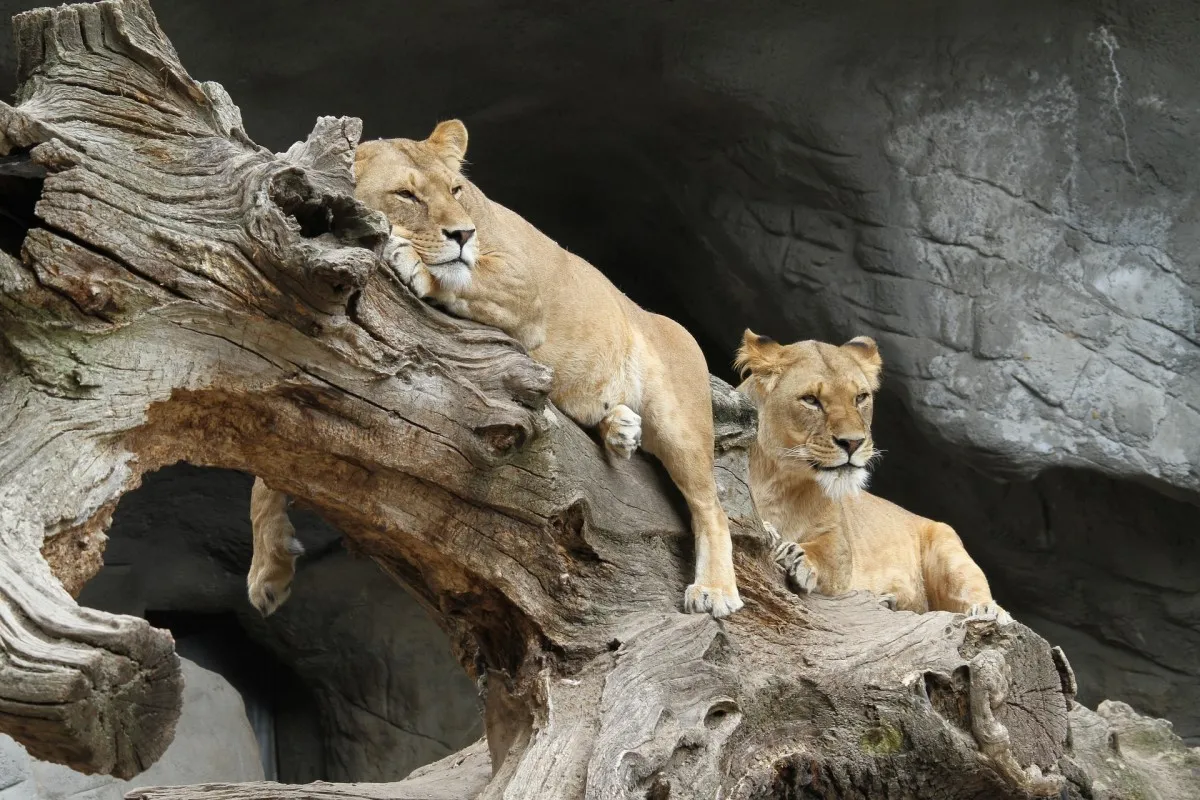
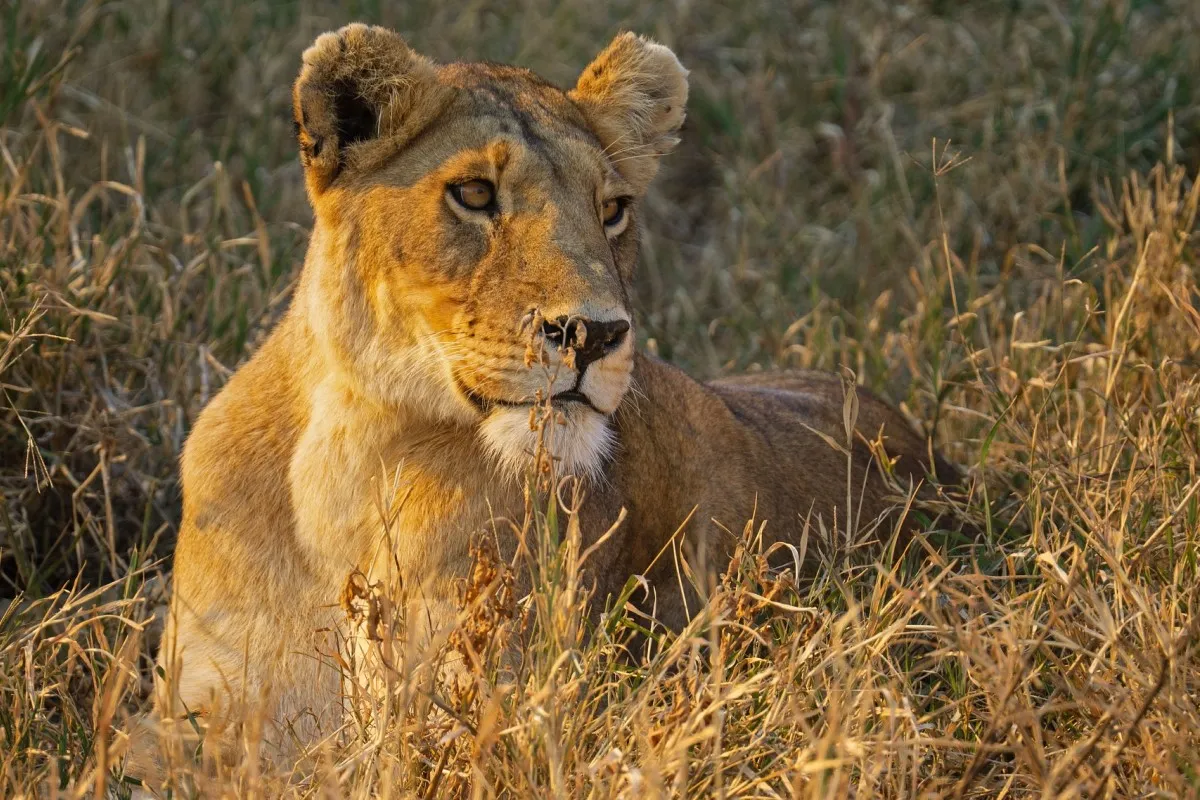
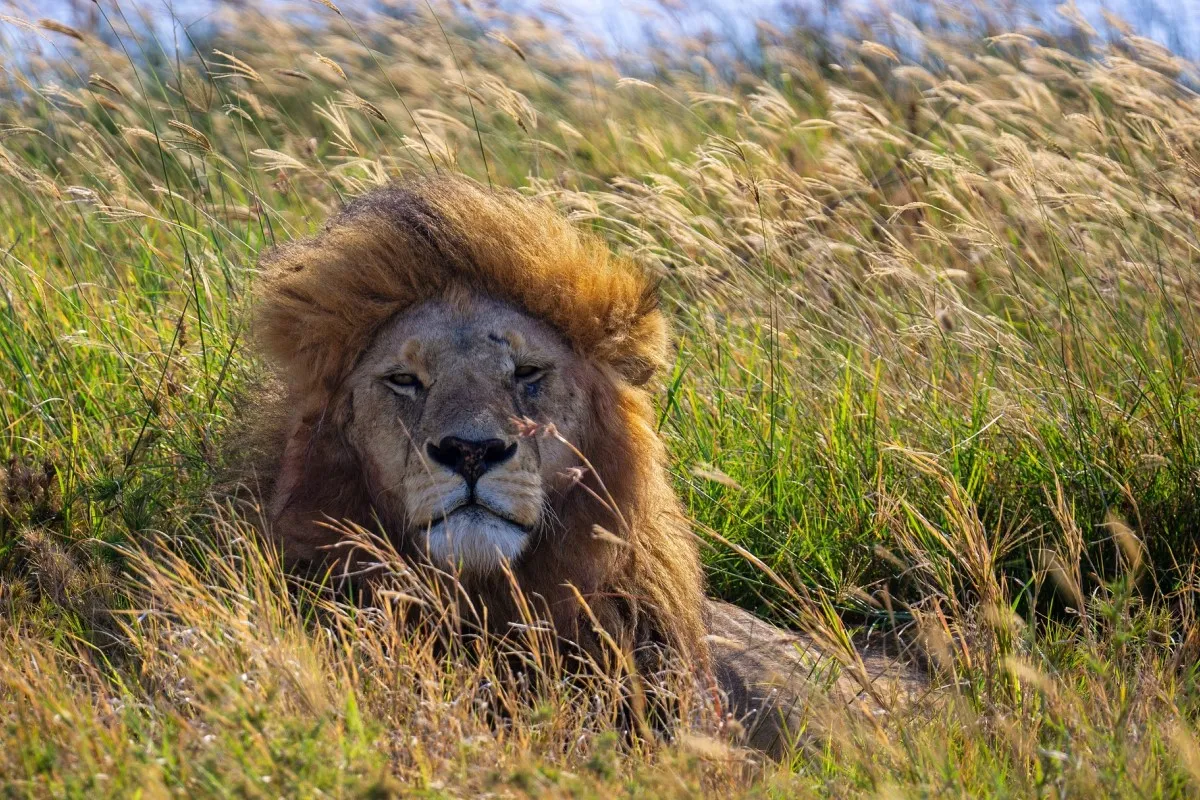

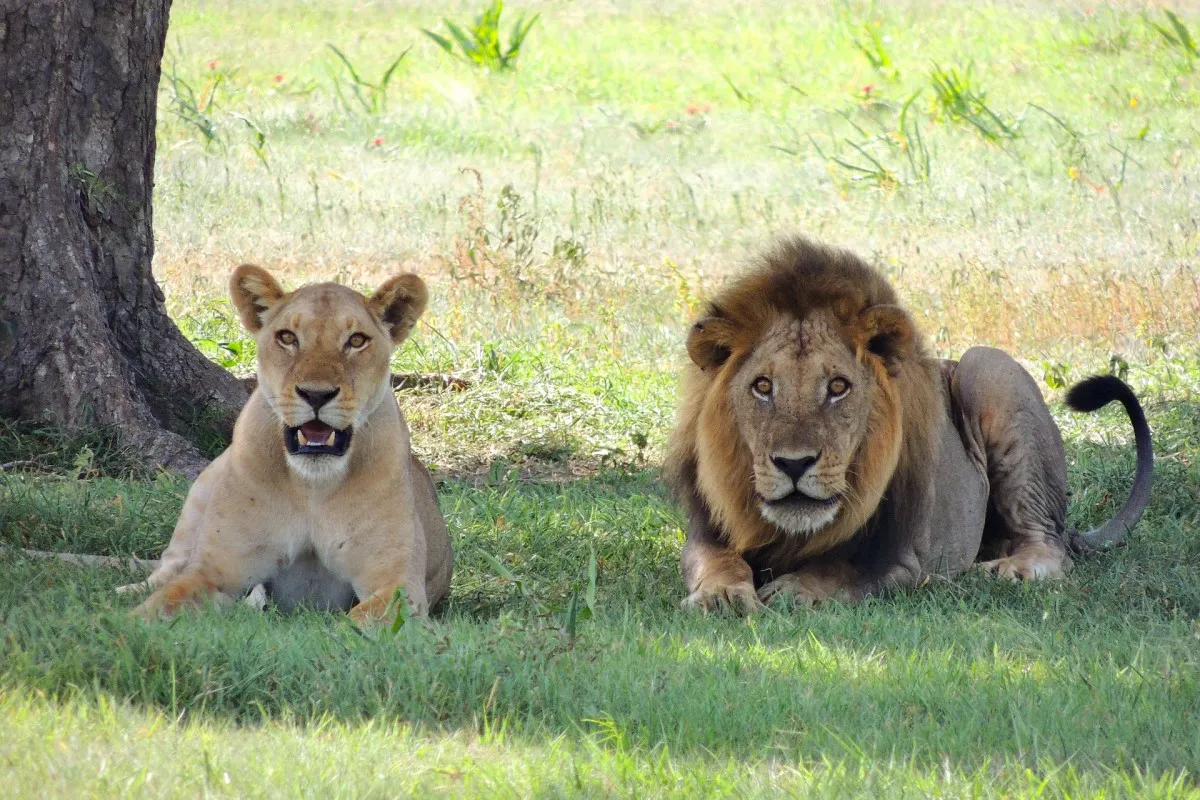
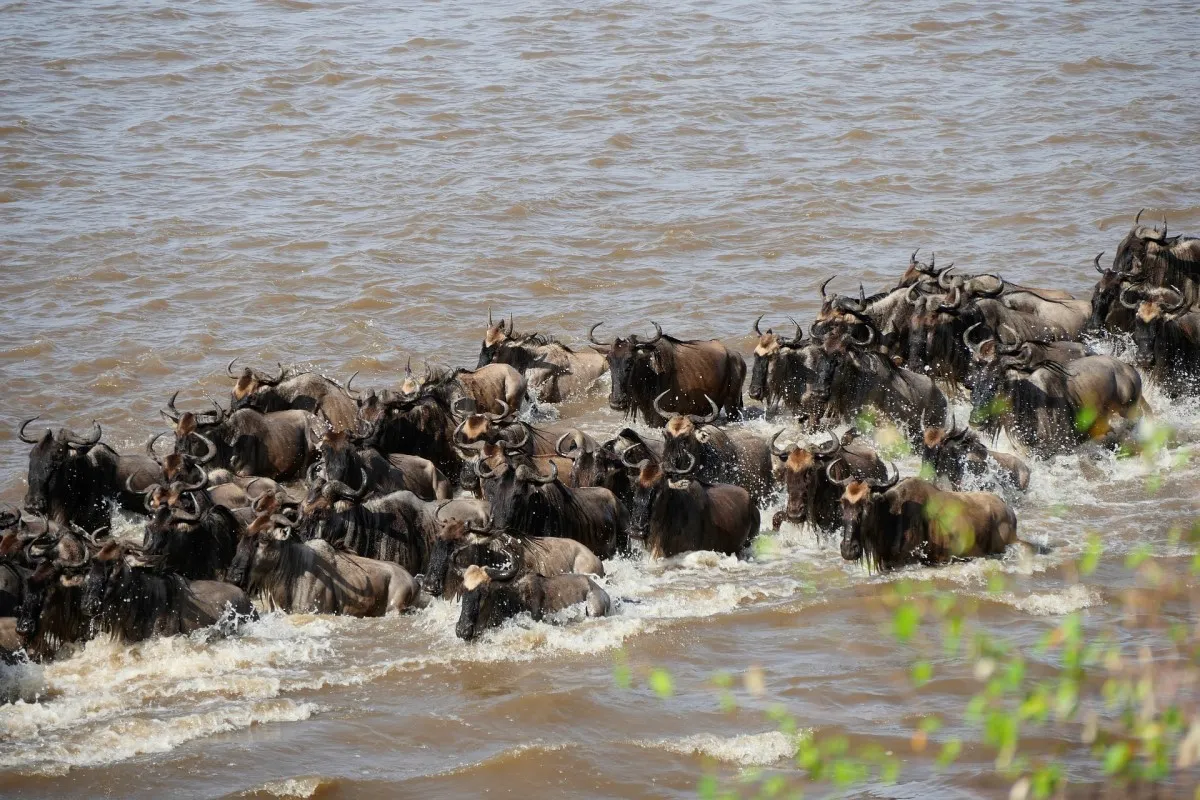
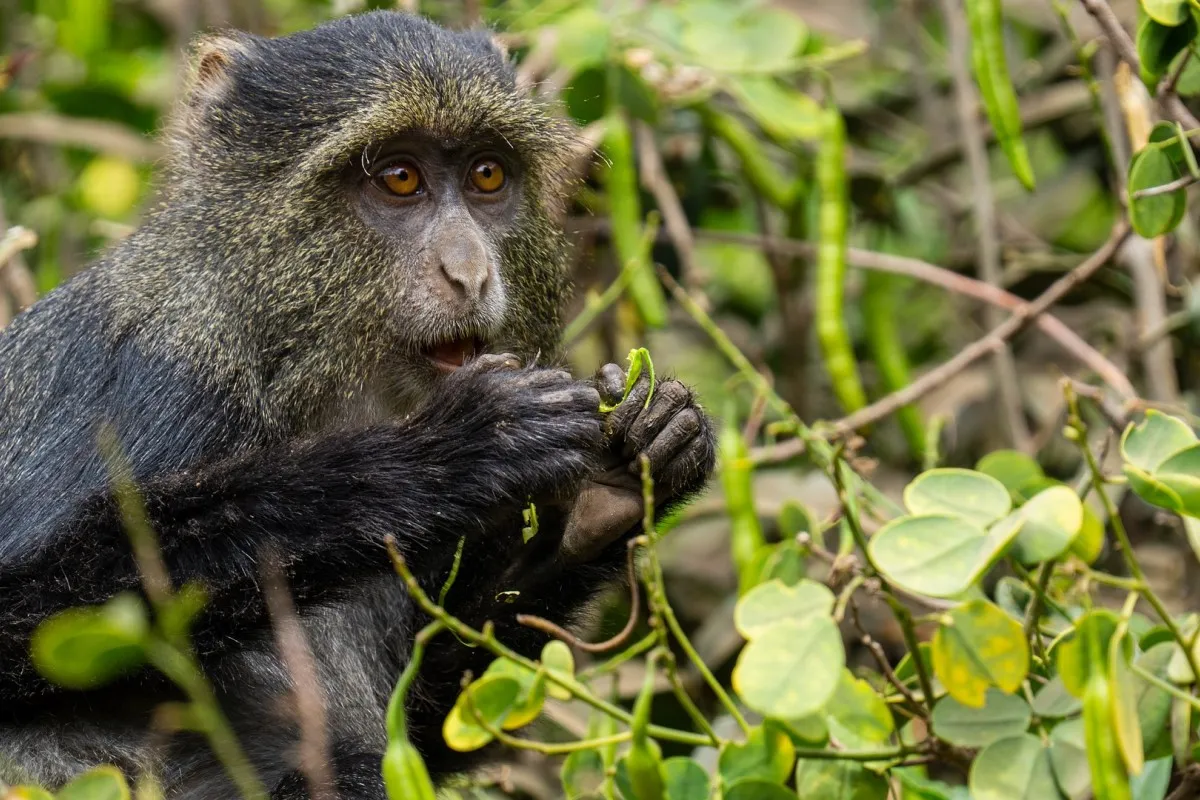
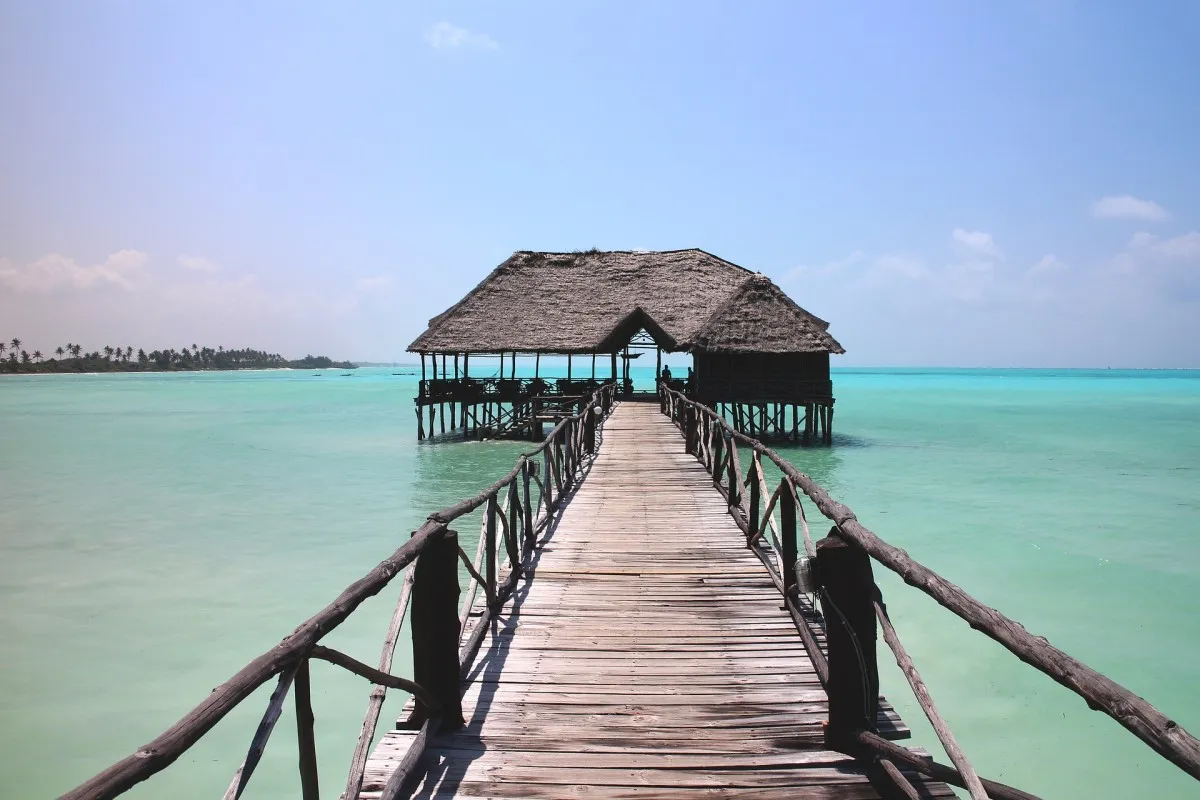
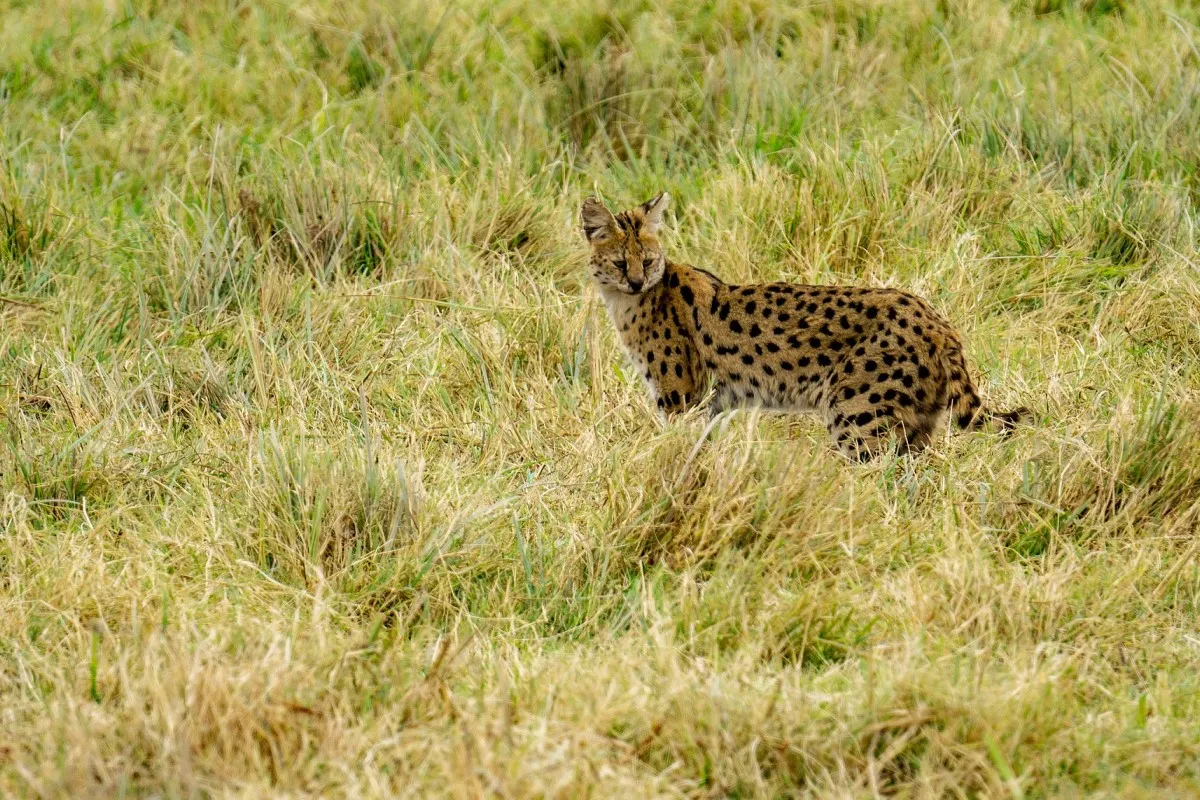
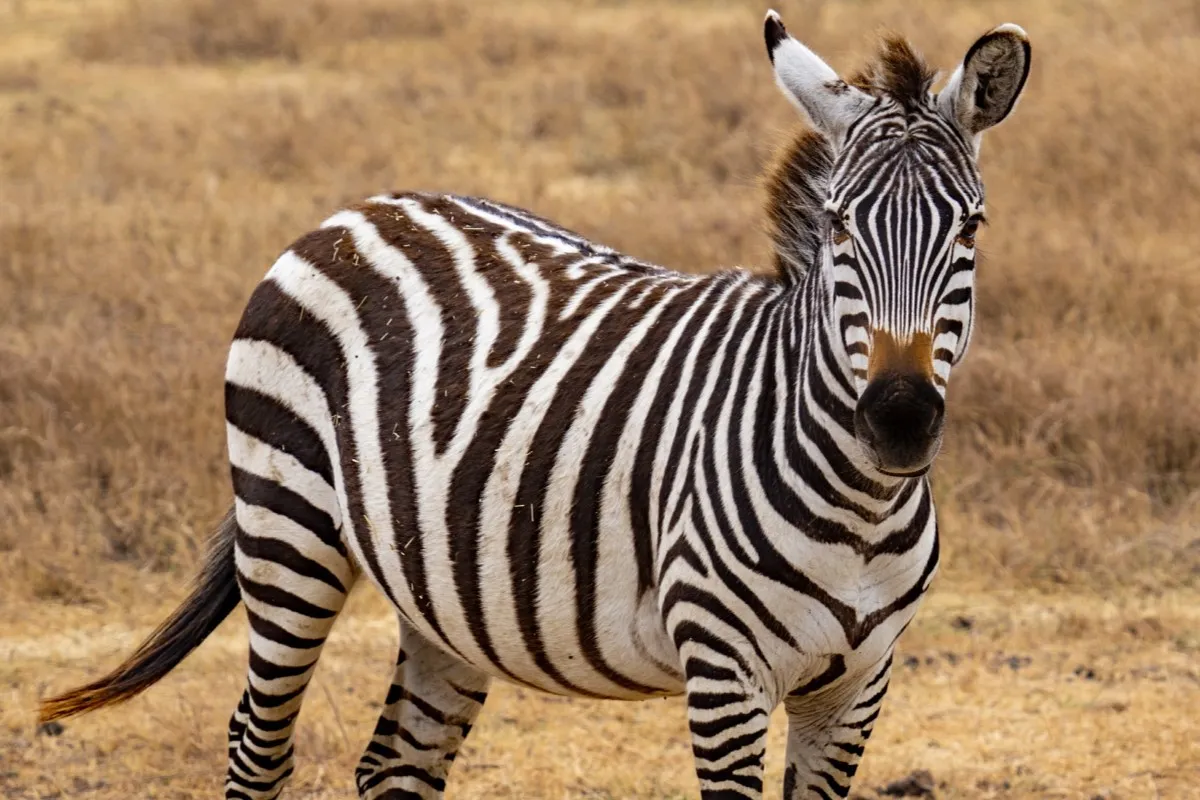
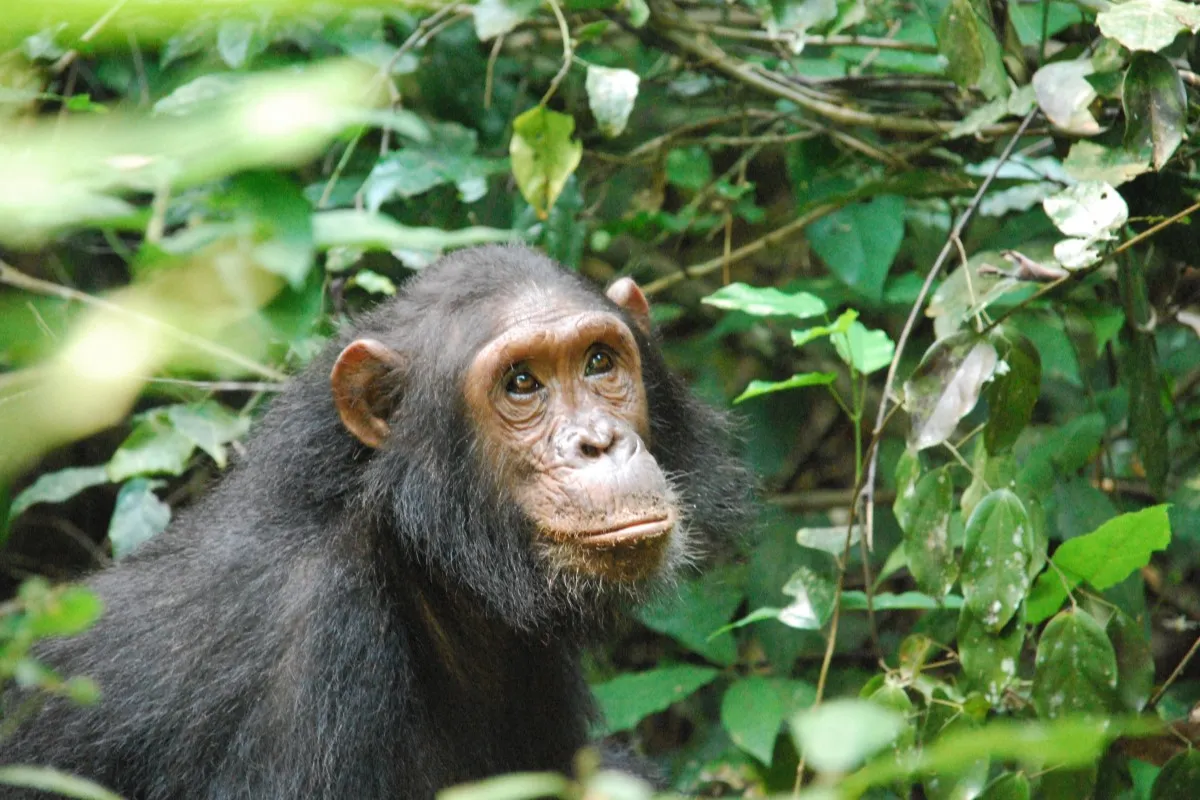
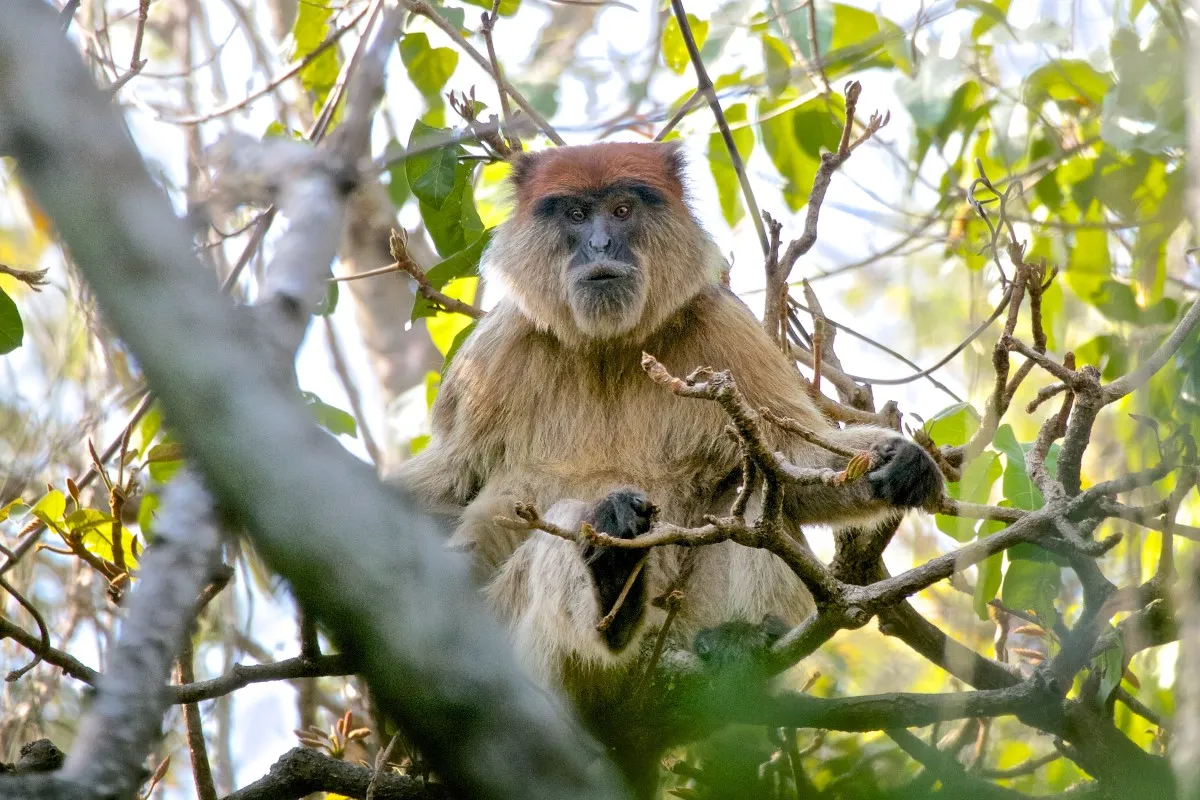
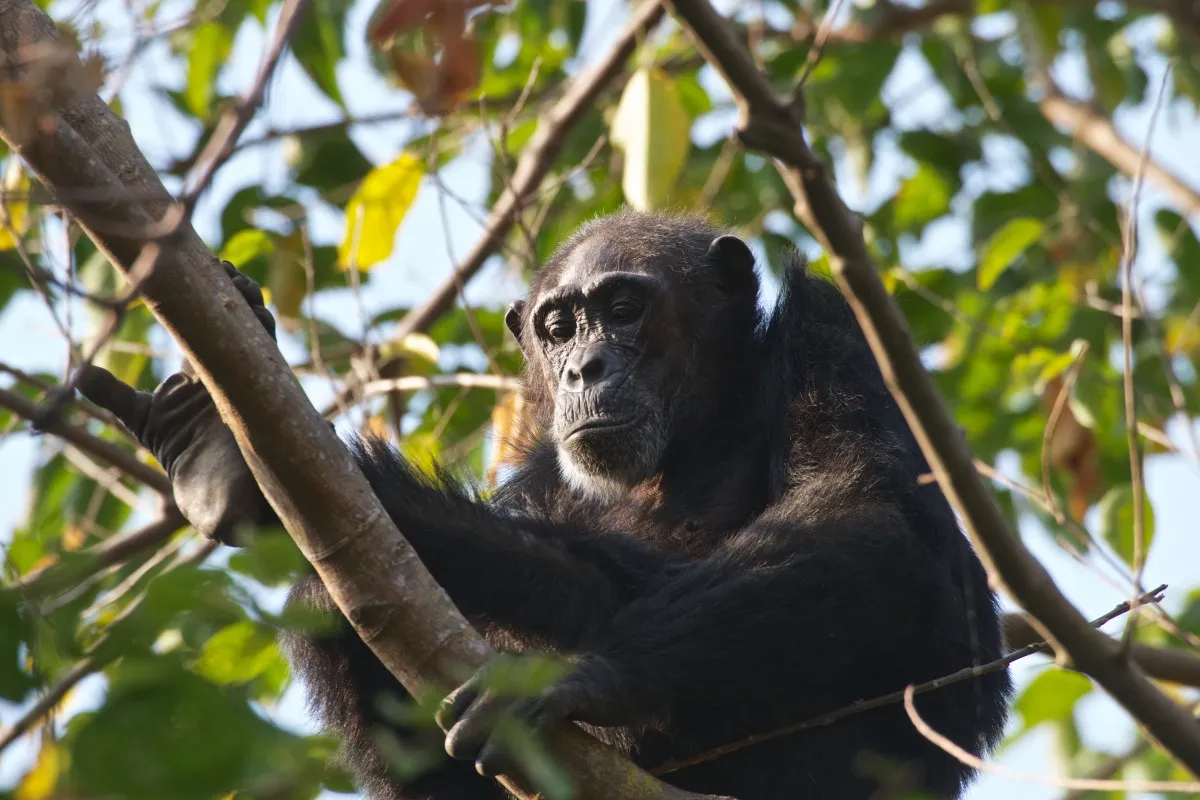
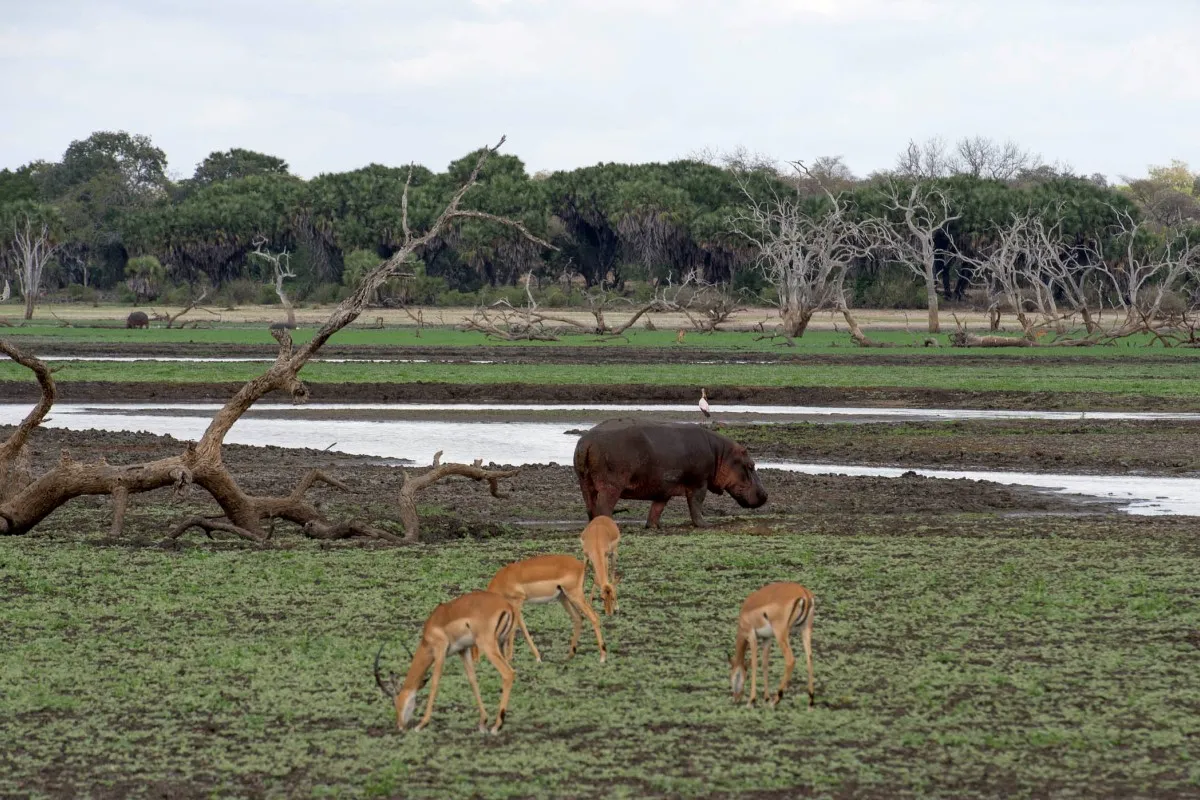
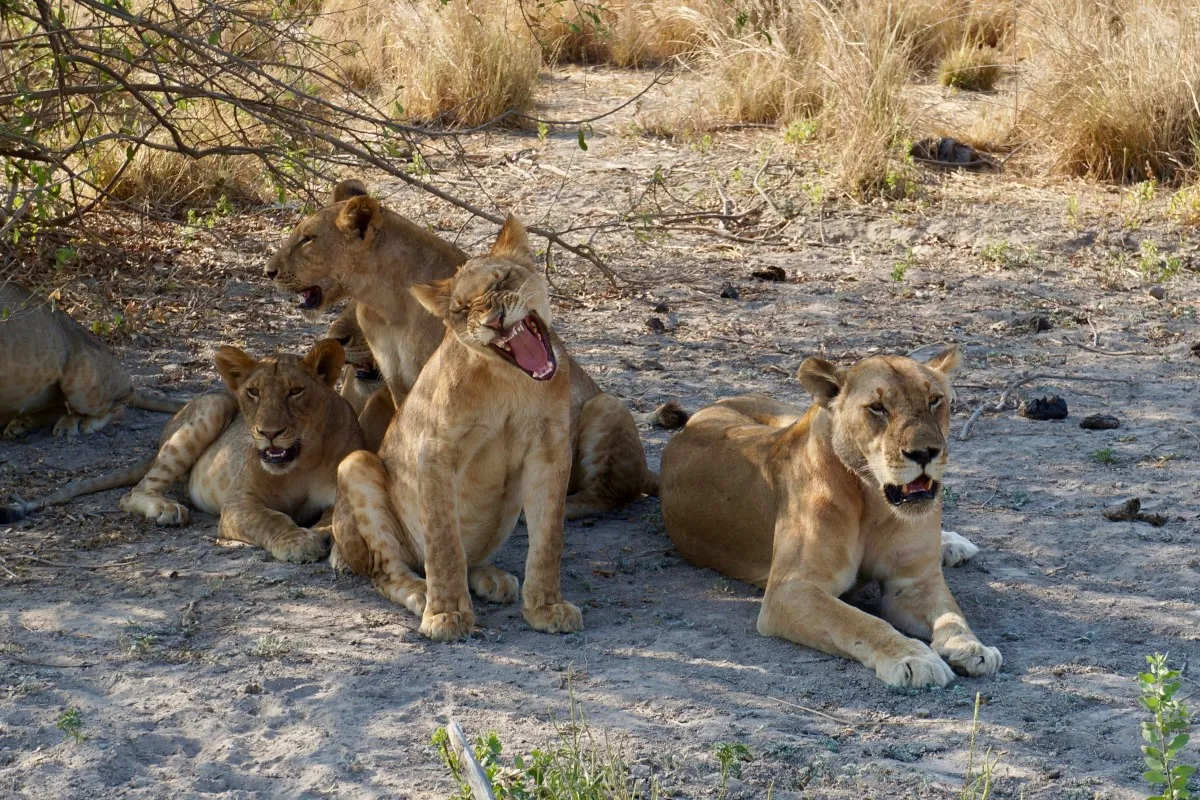
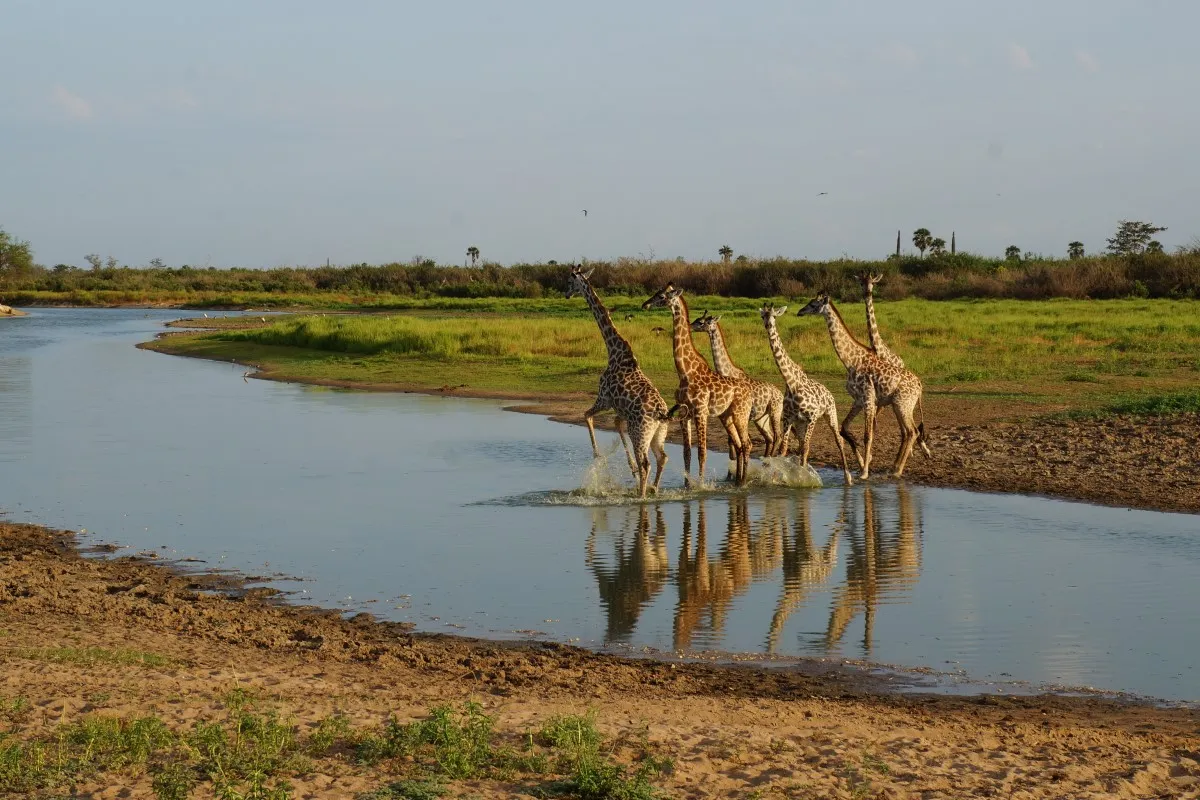
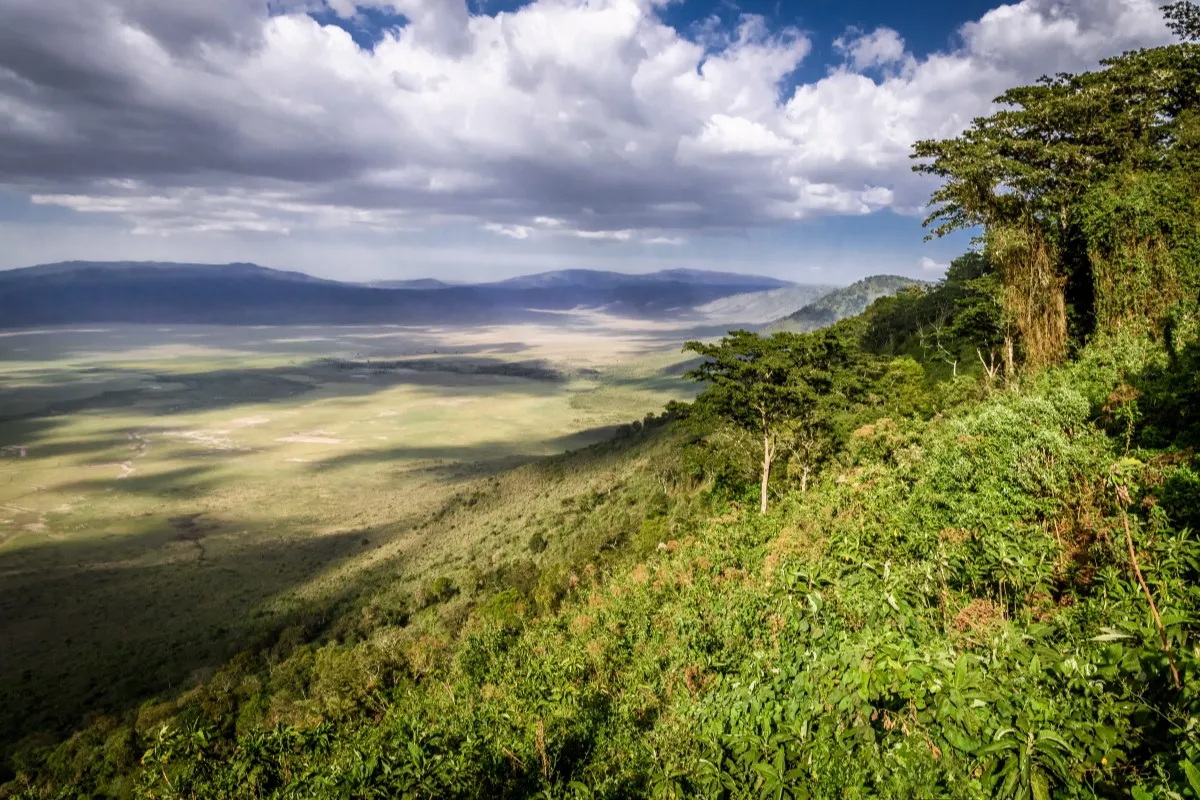



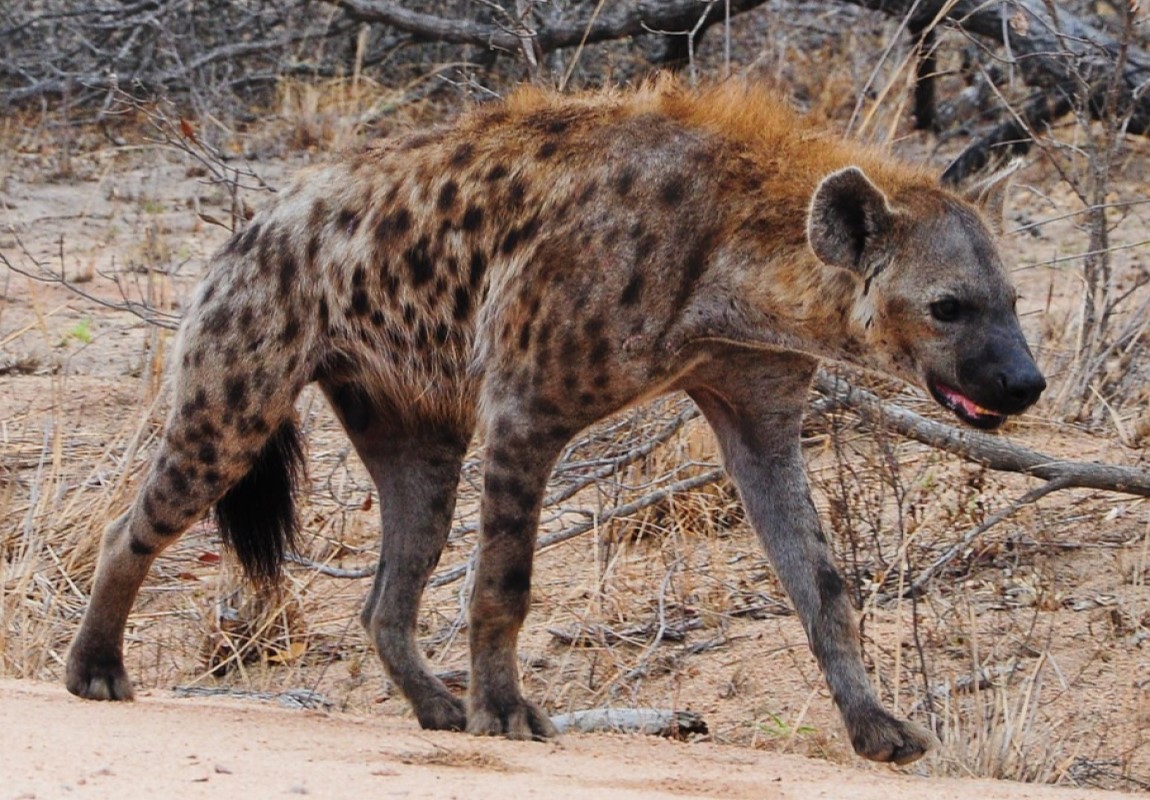






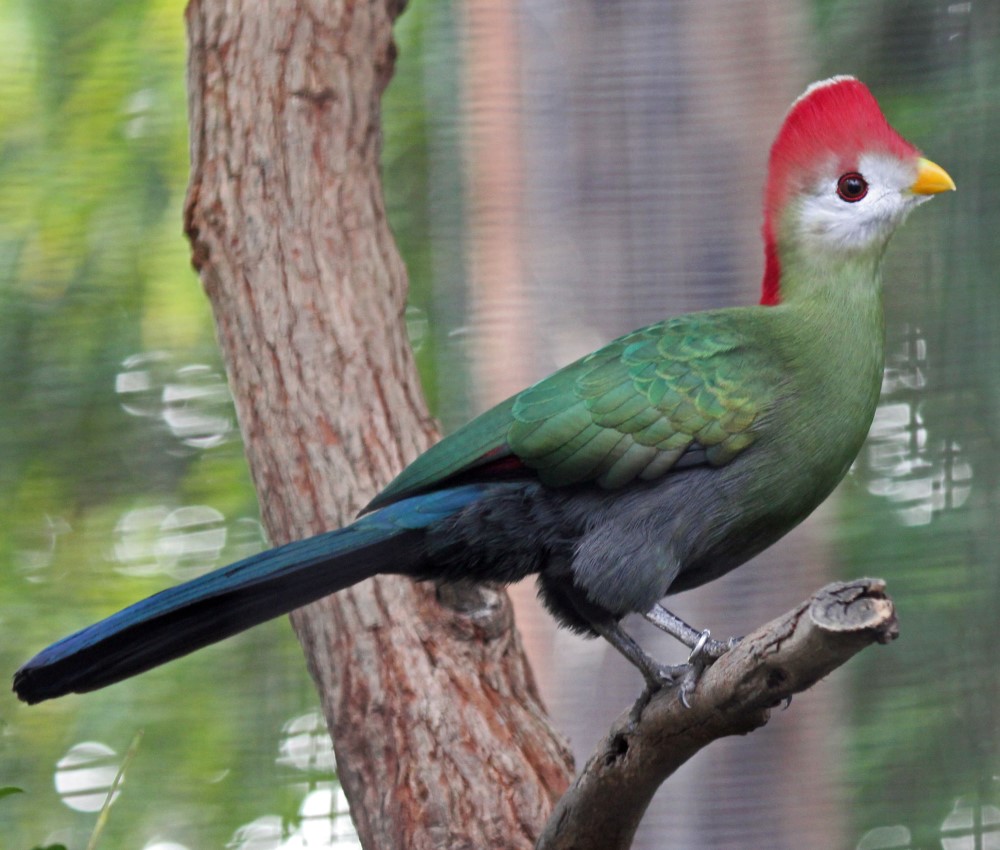
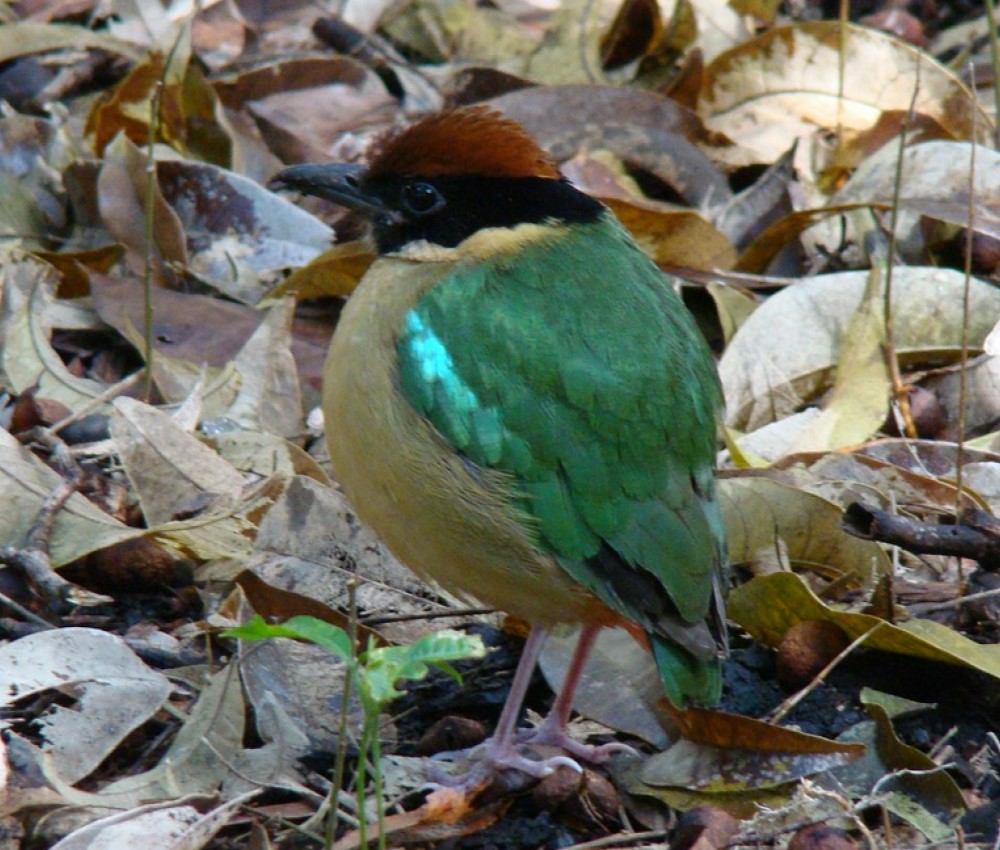
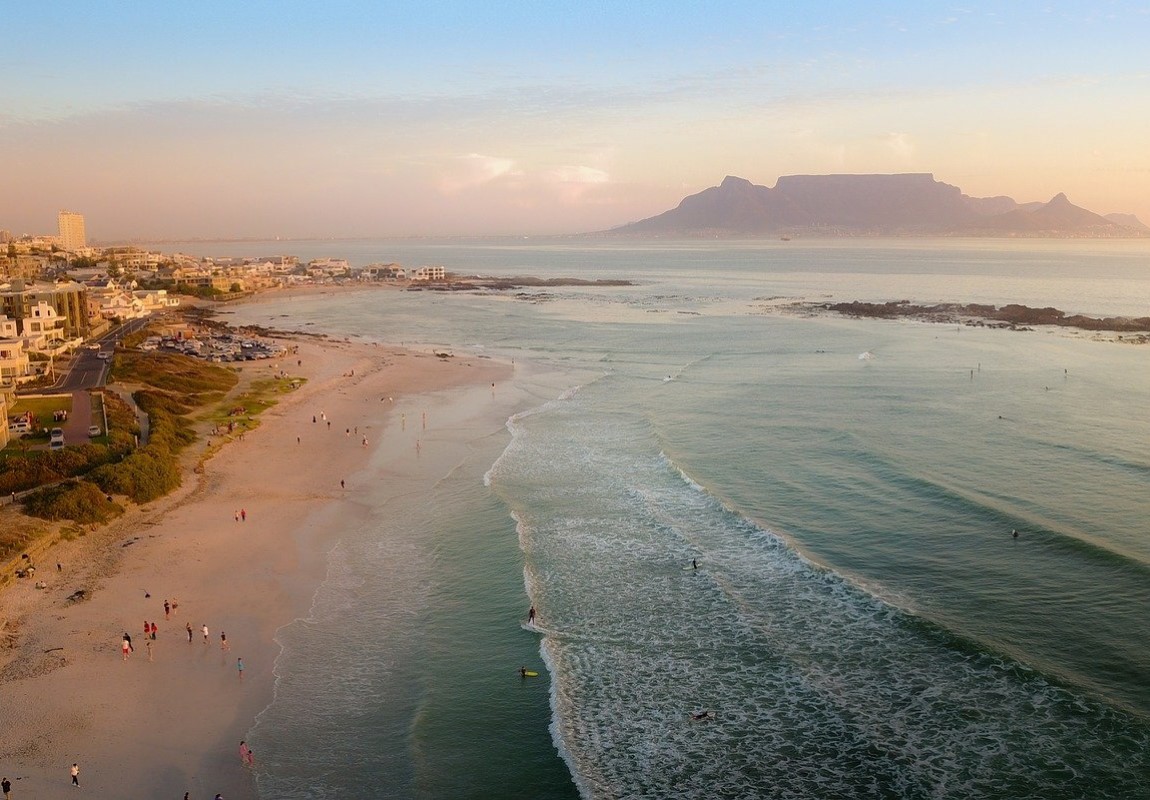


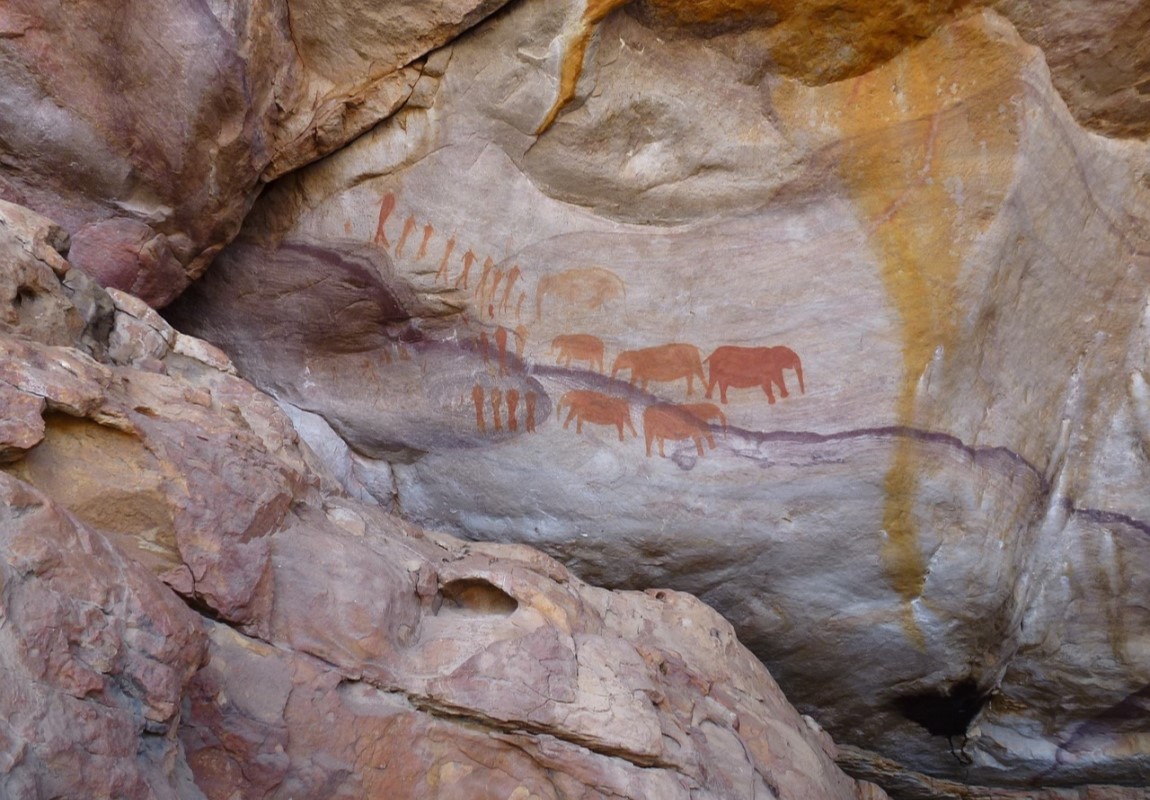





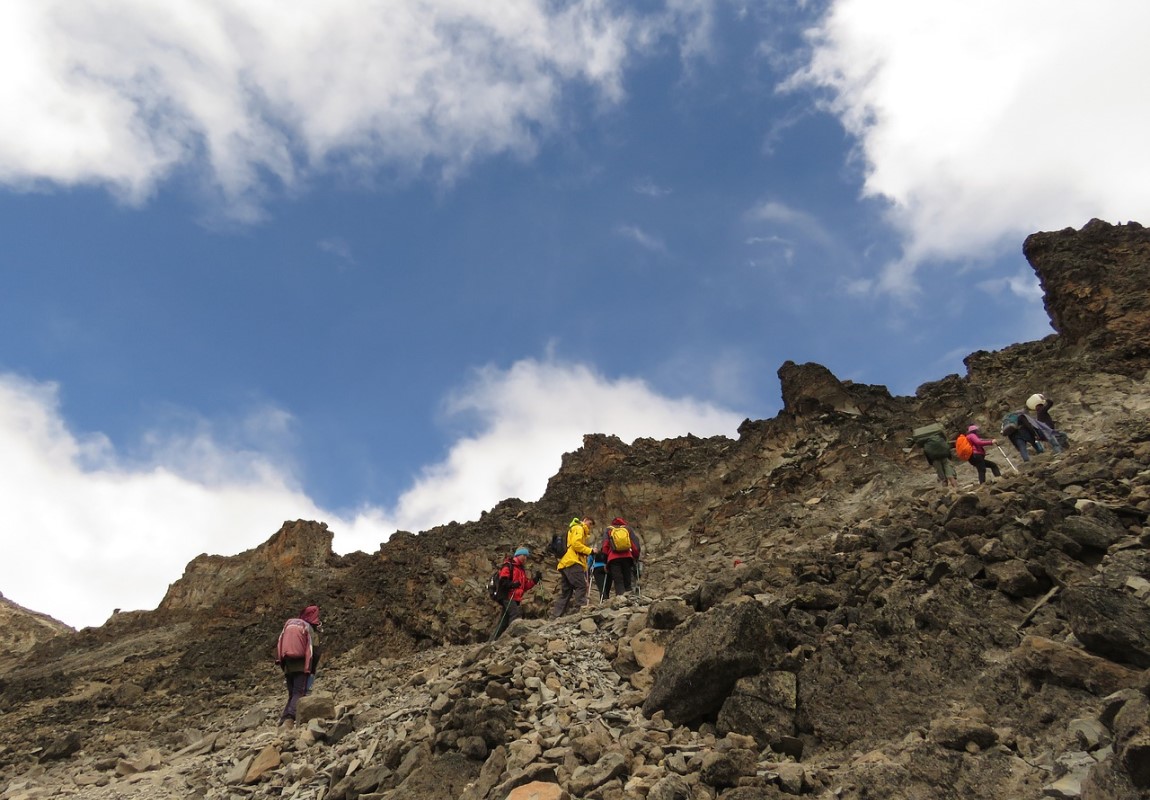
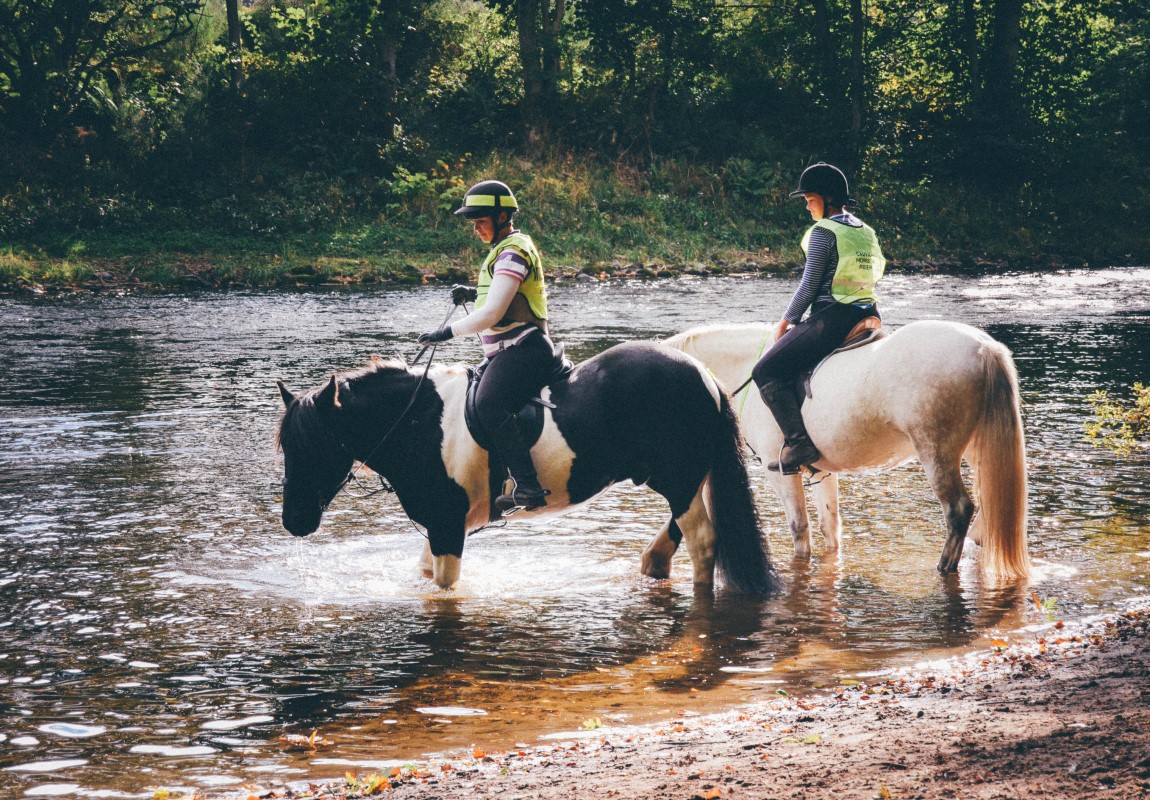

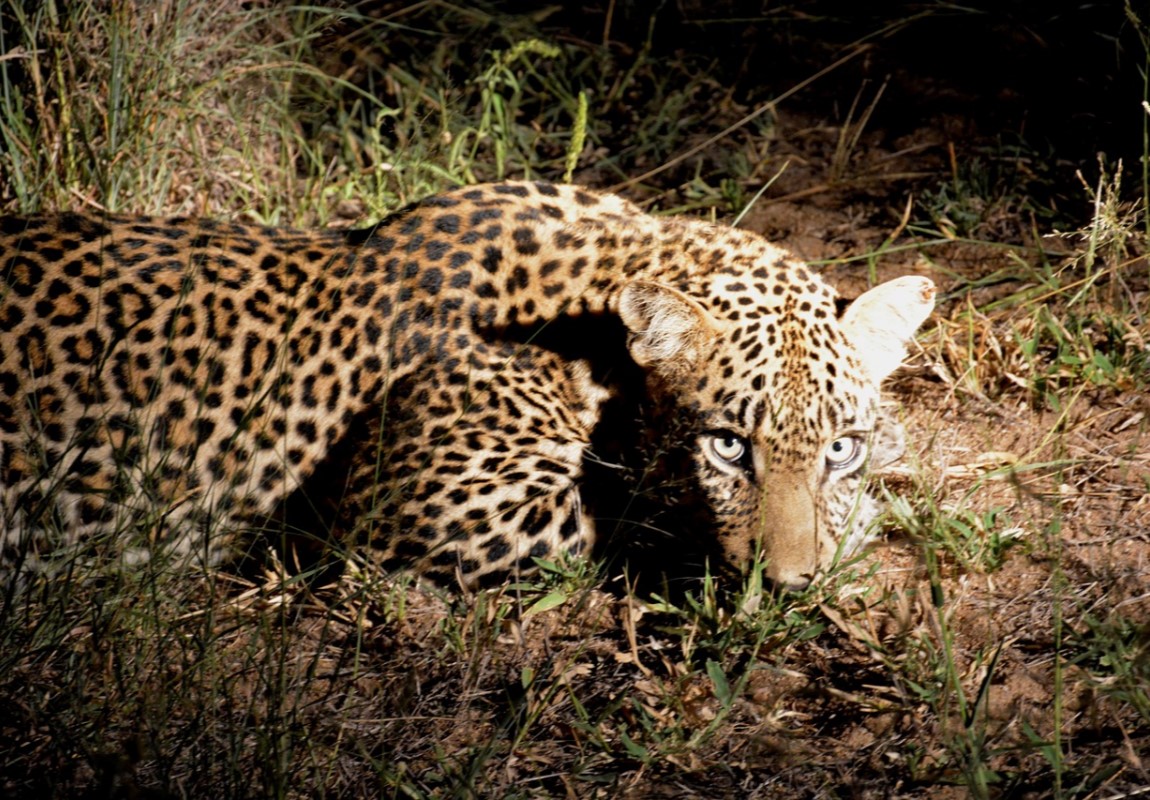




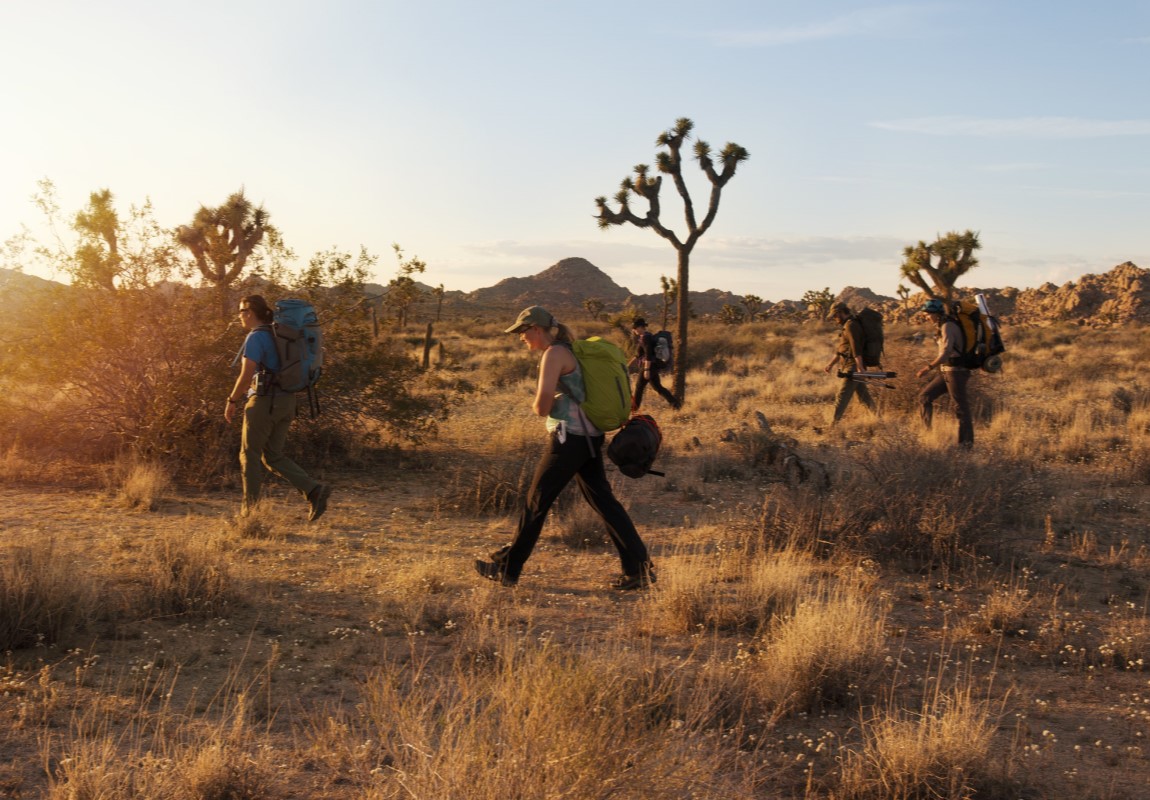
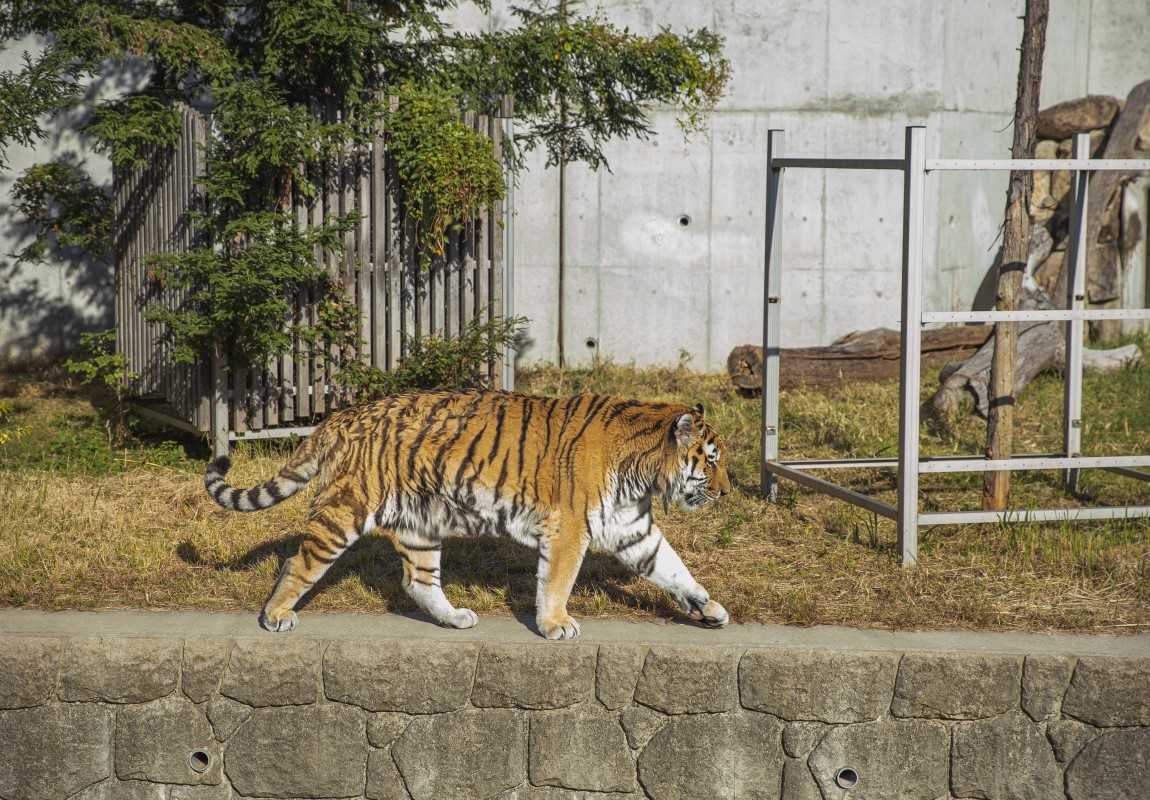






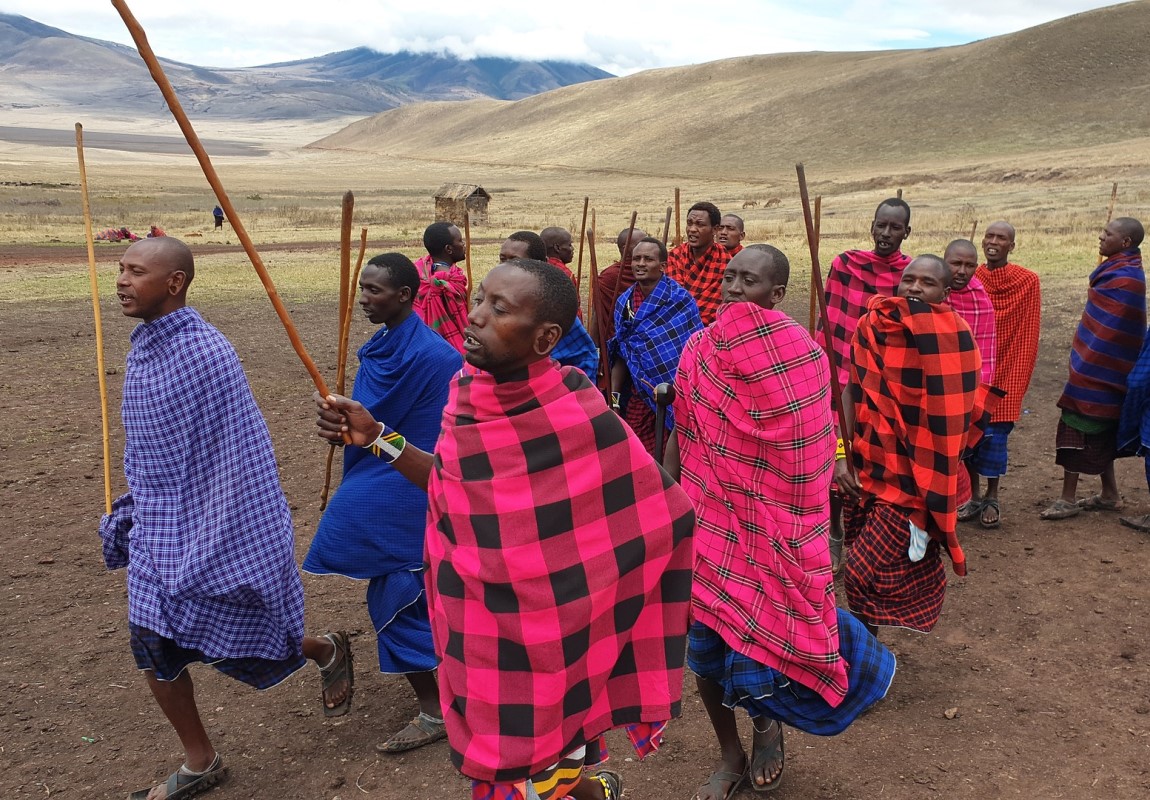
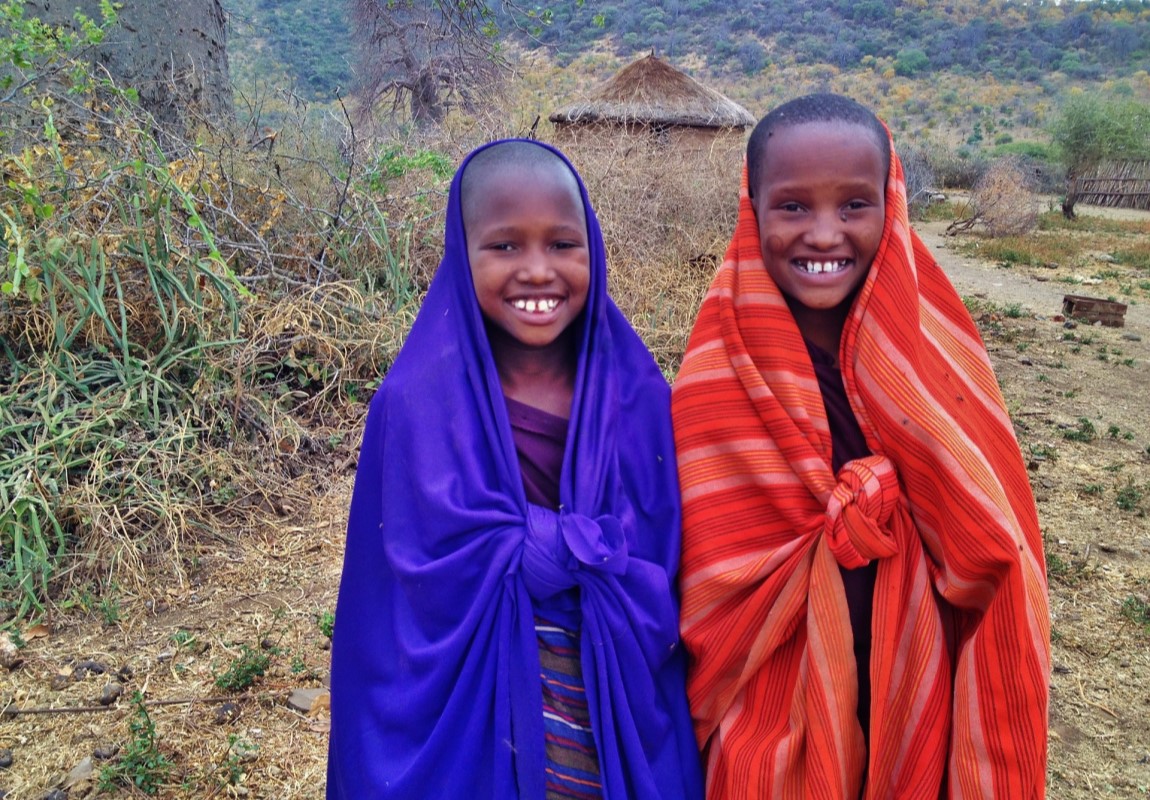



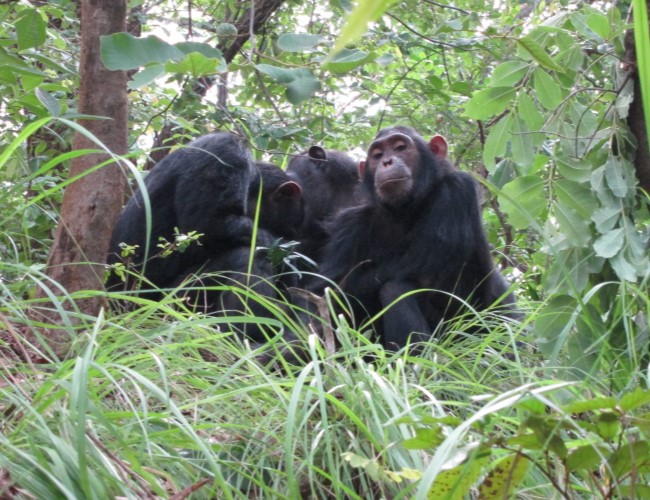
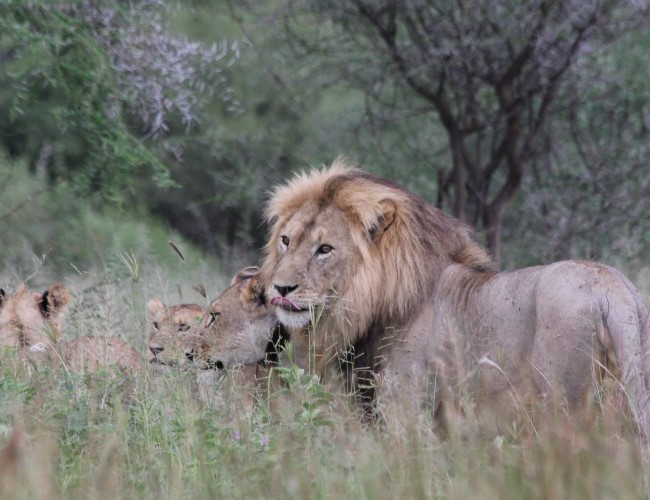
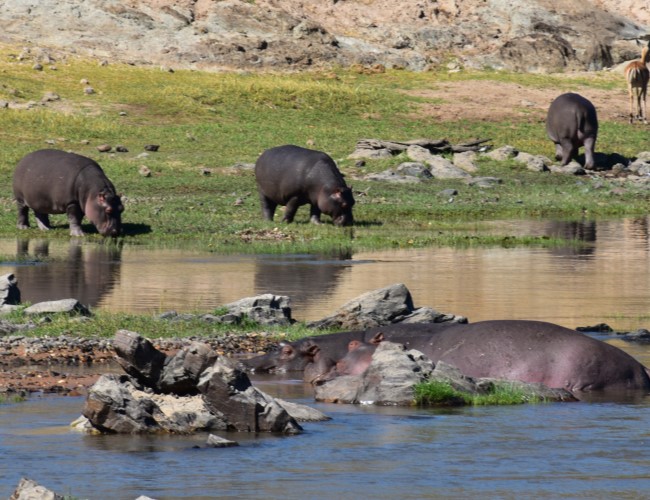

 National Park Cover.jpg)



